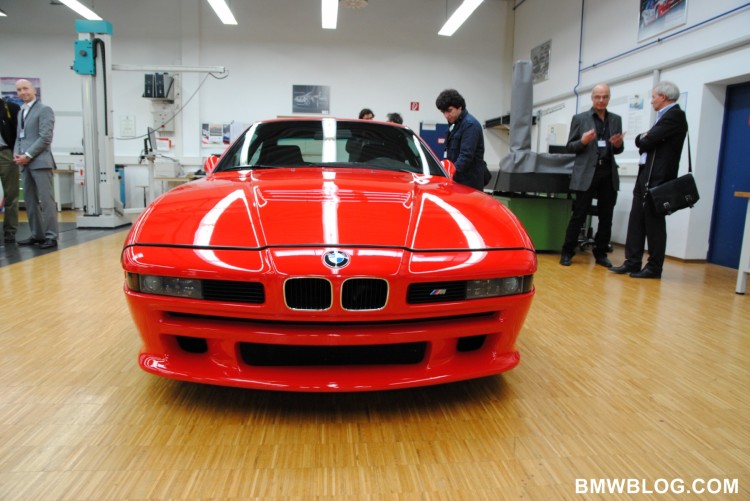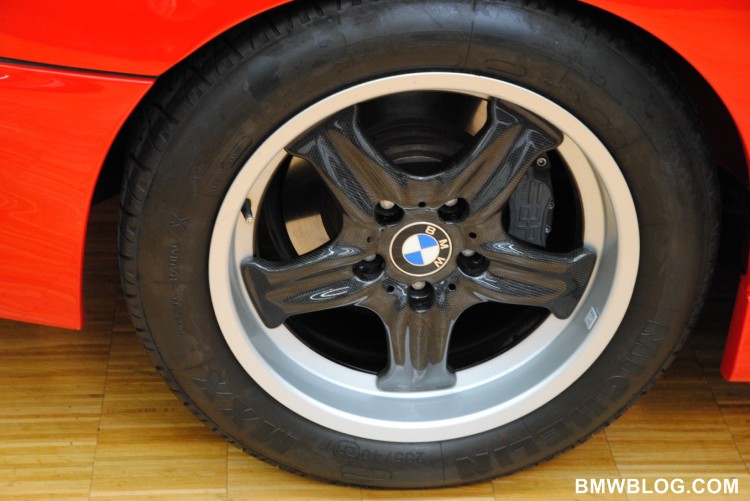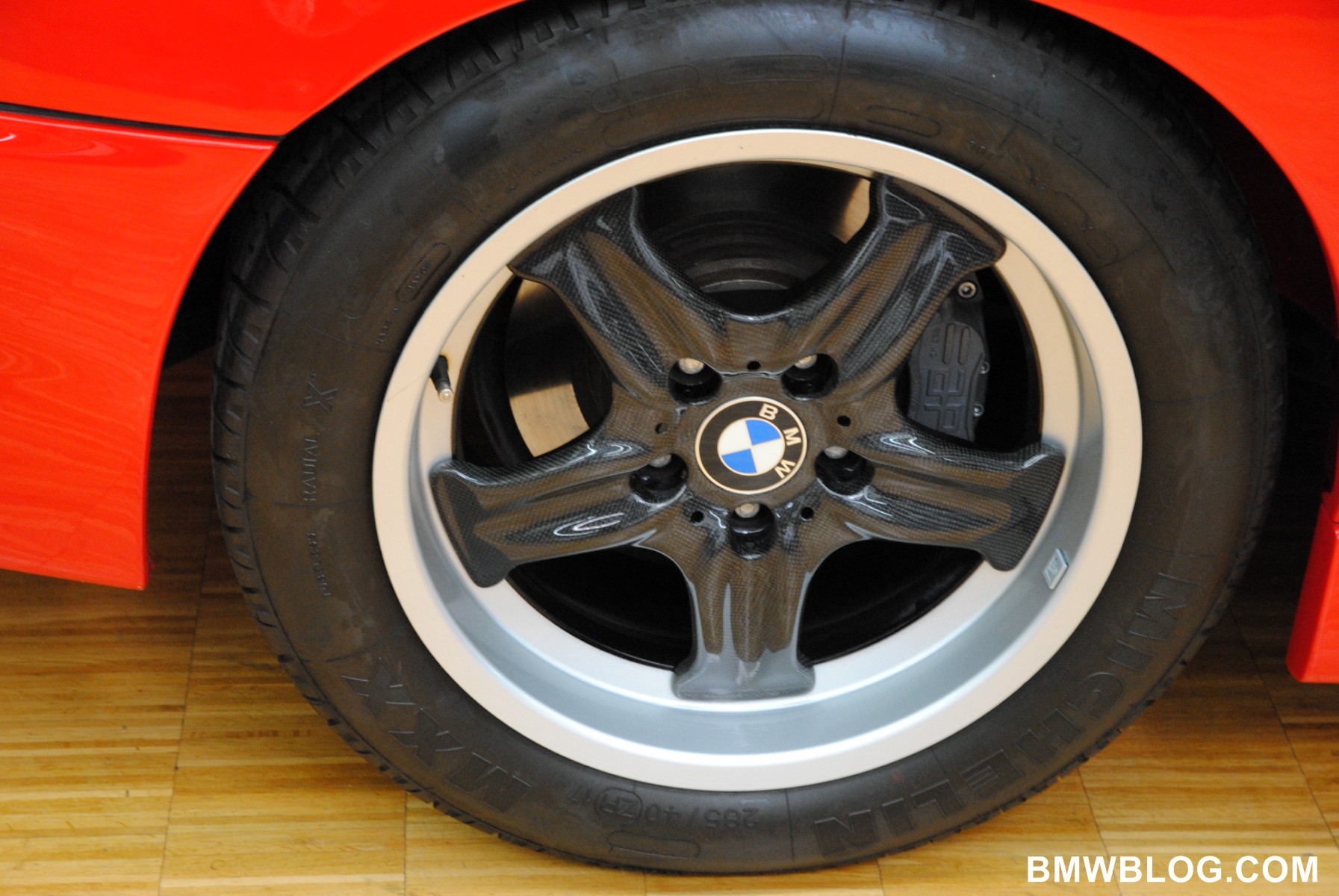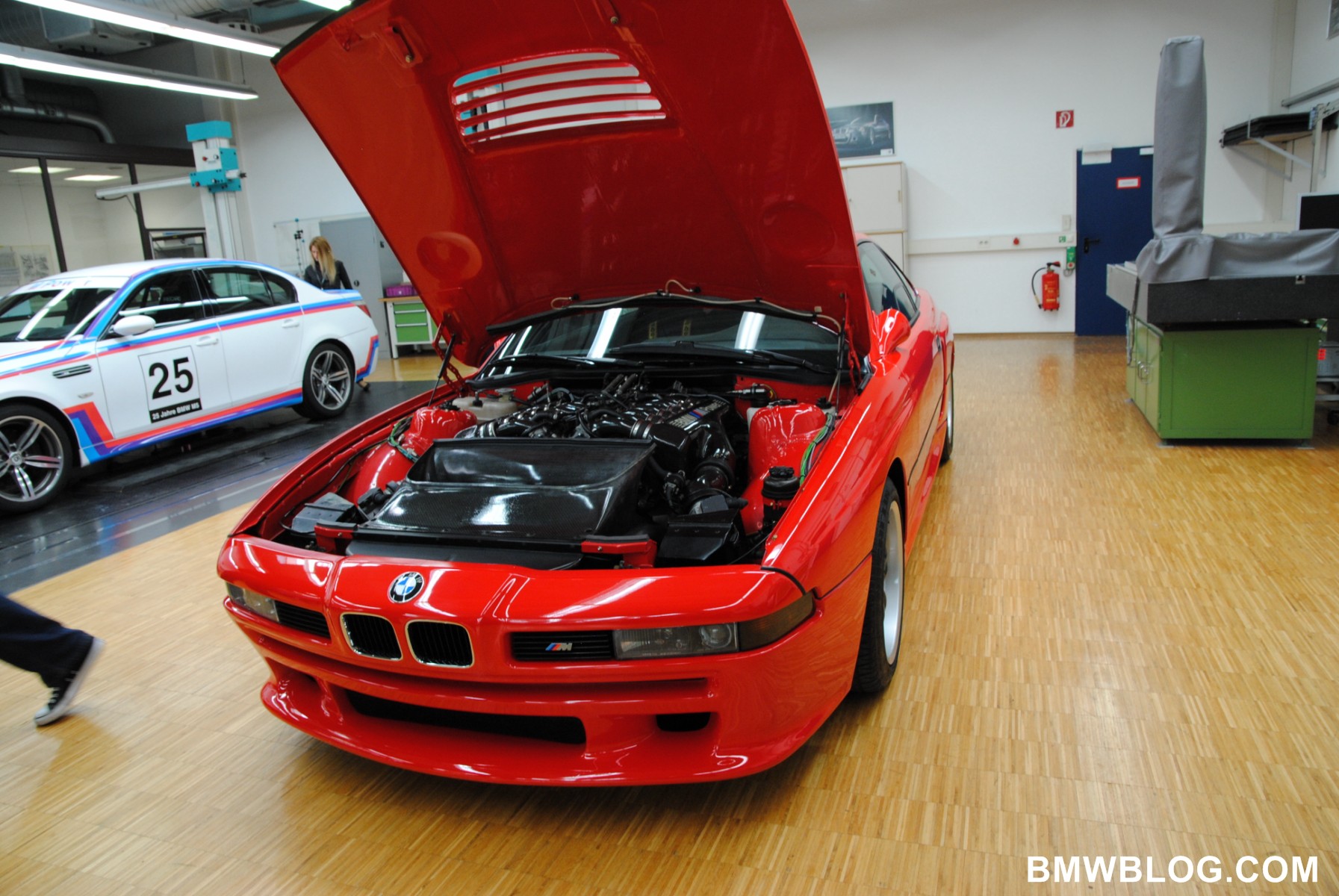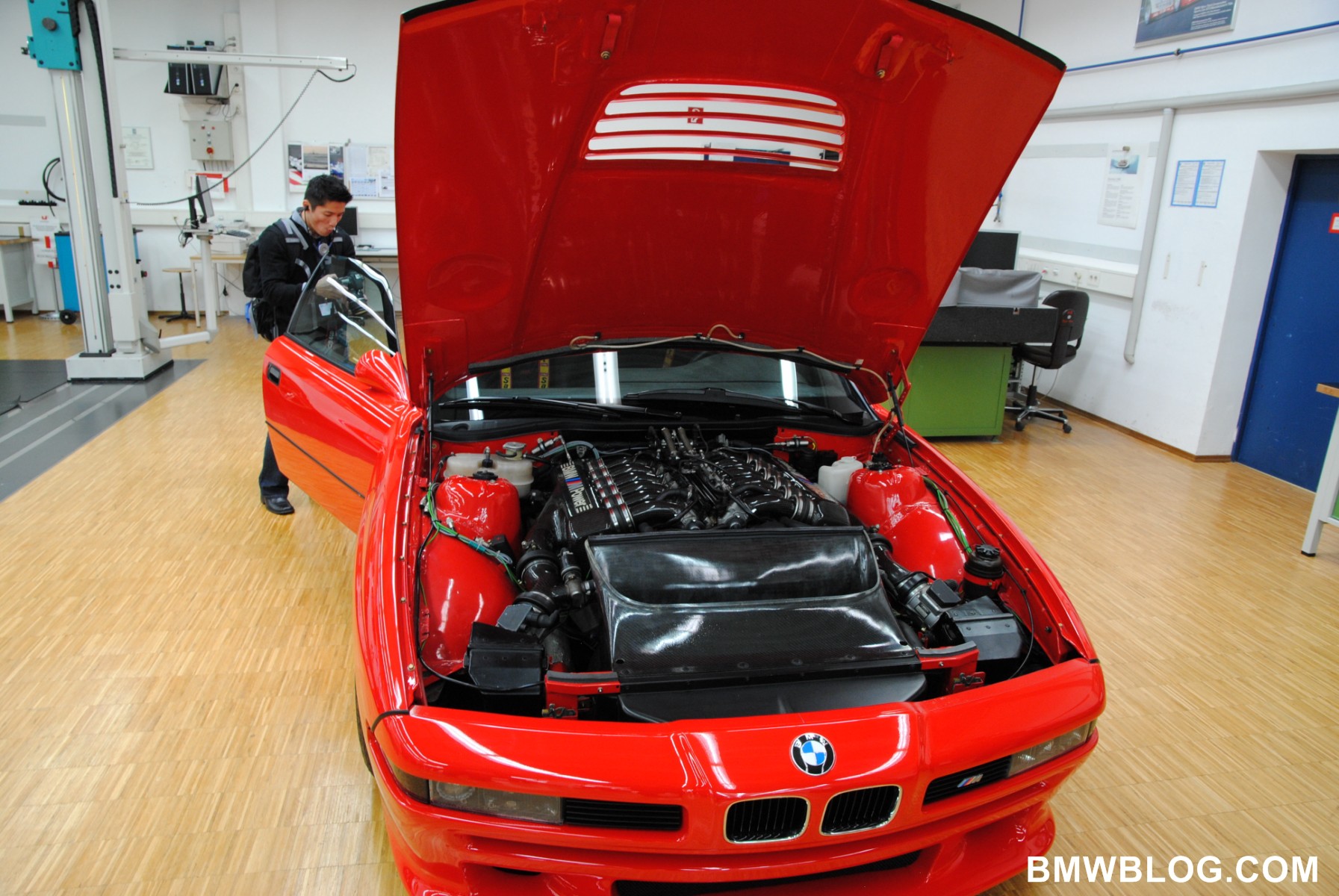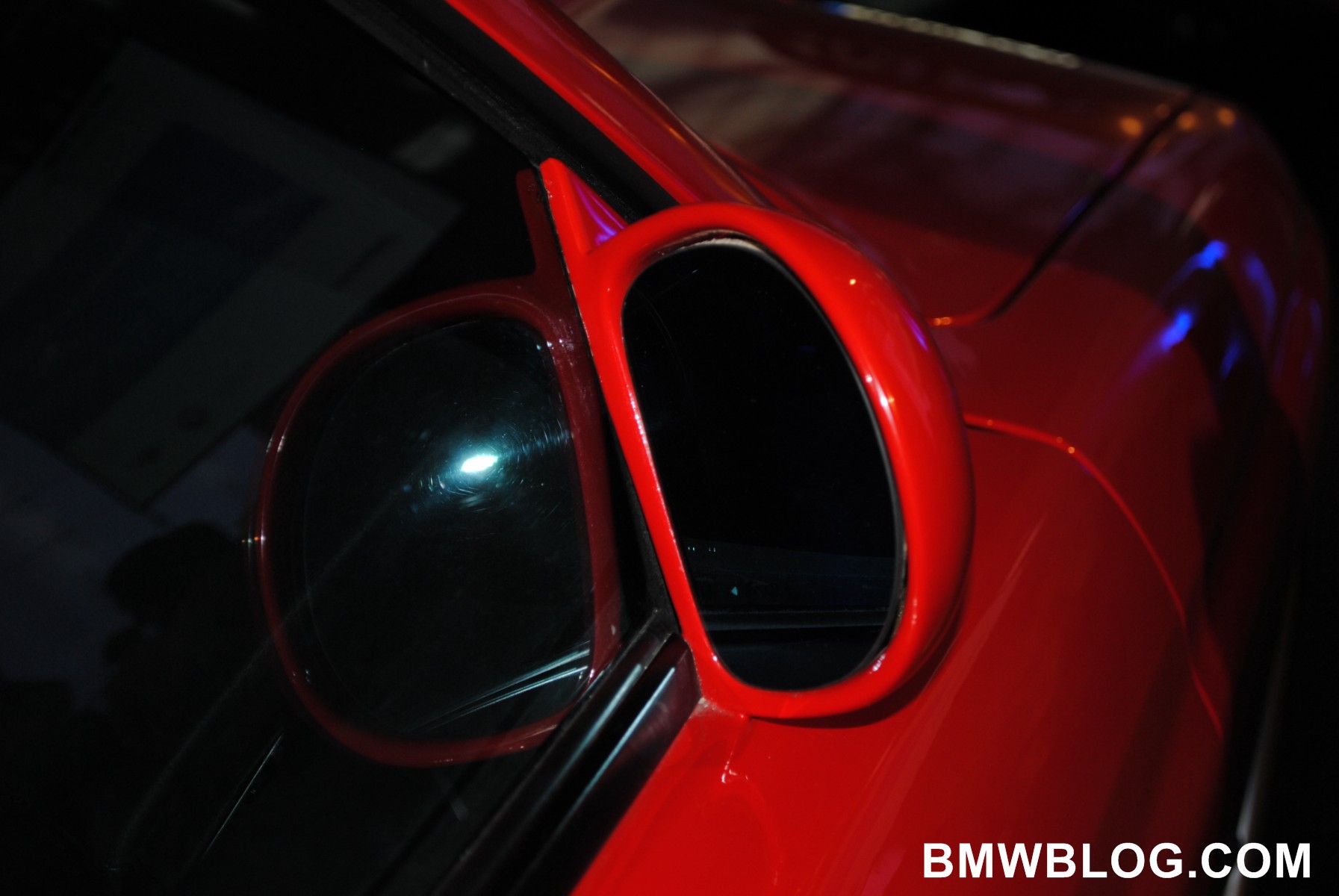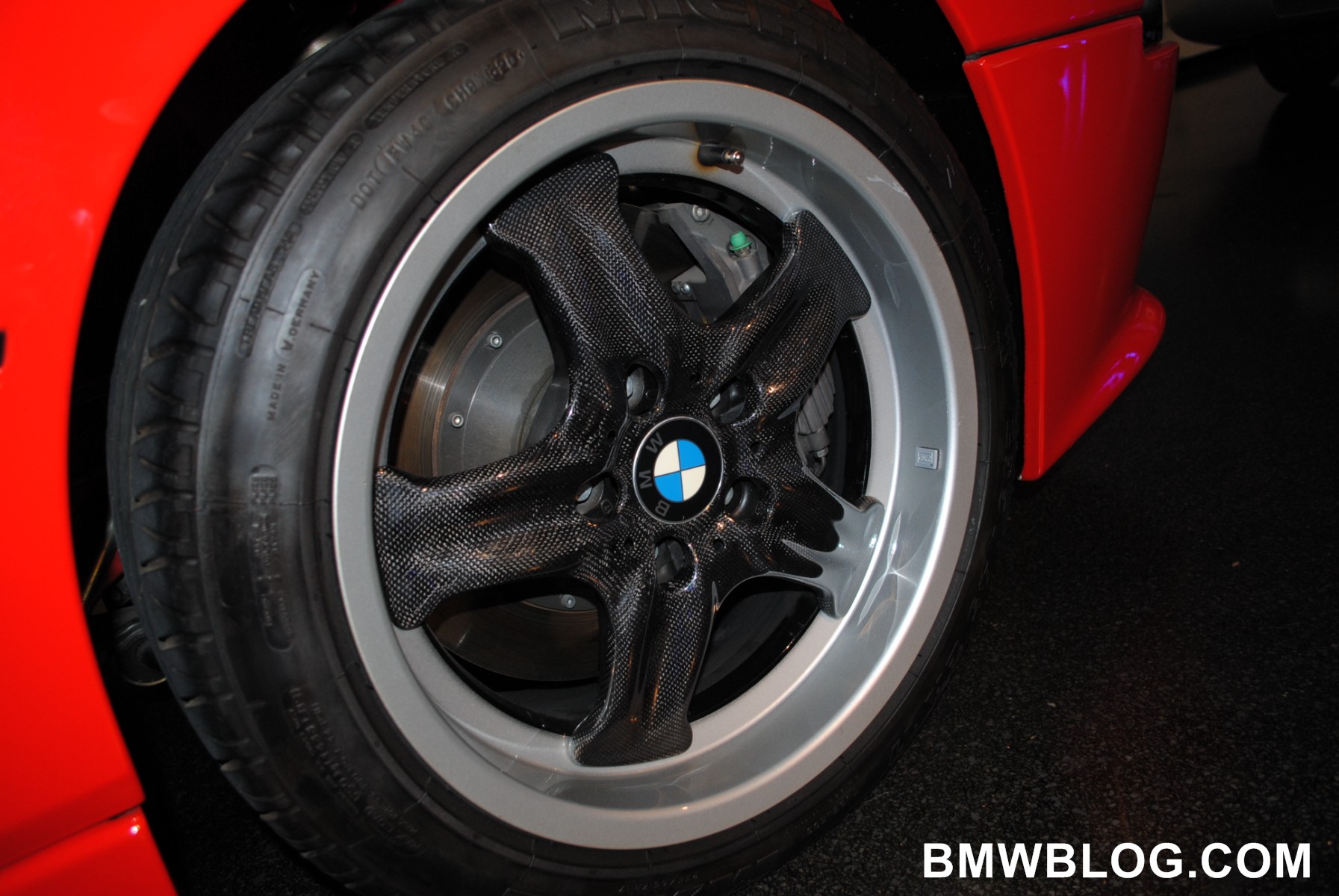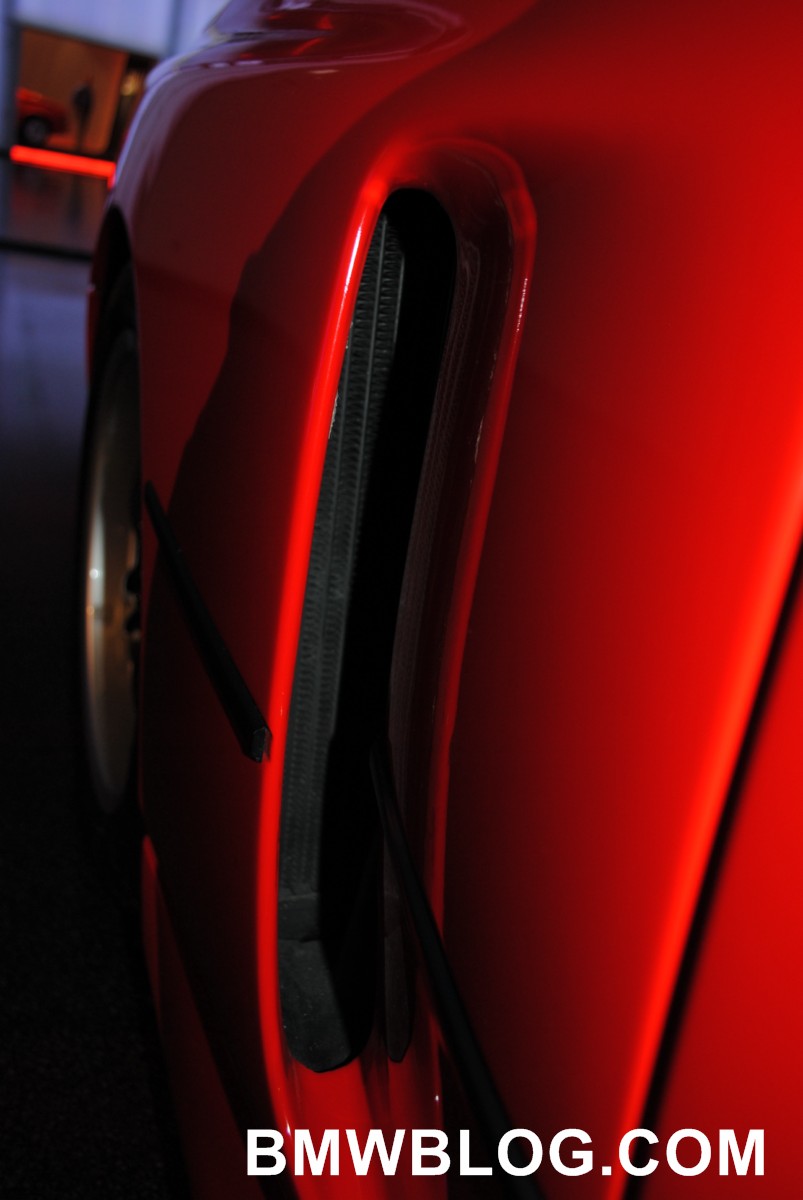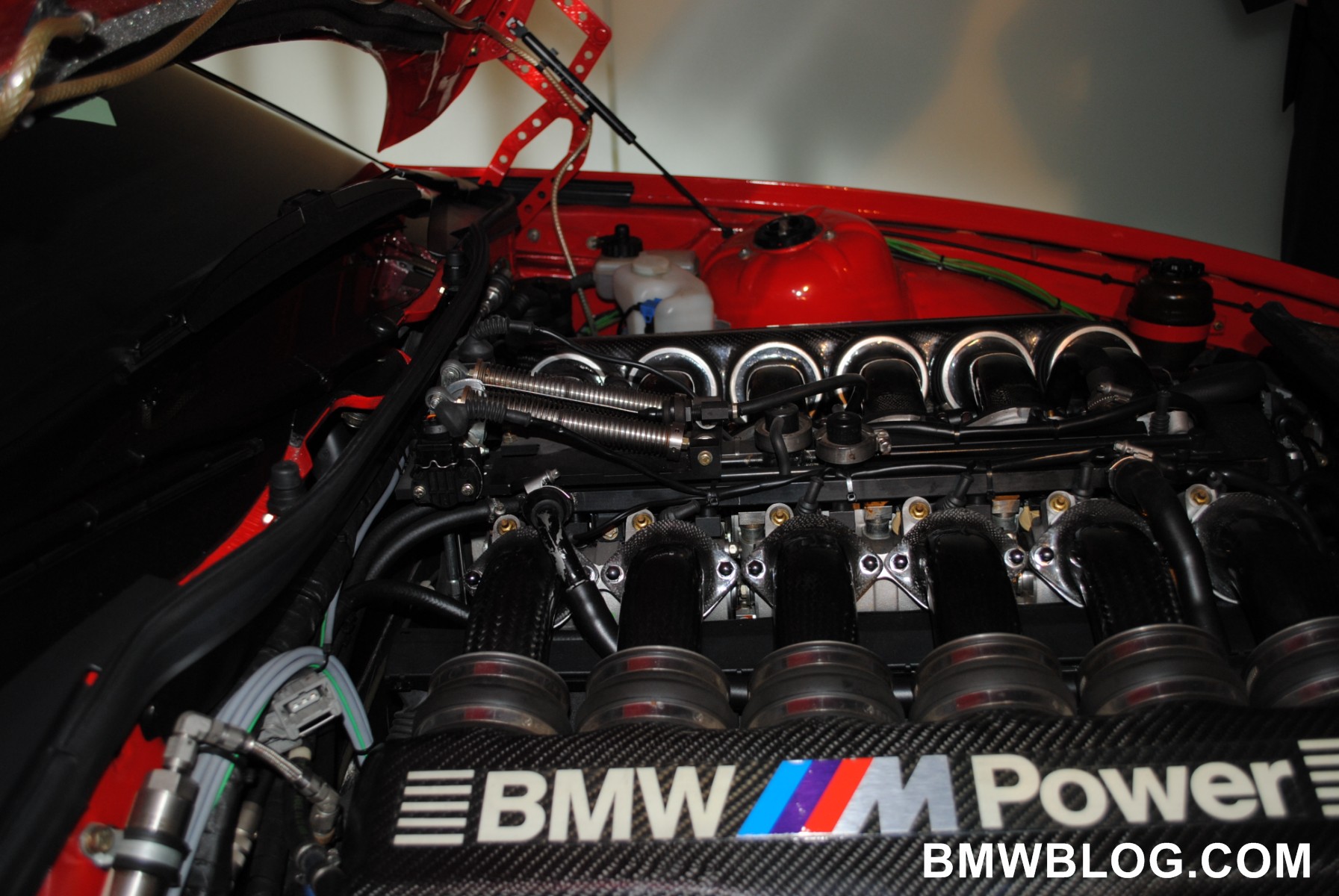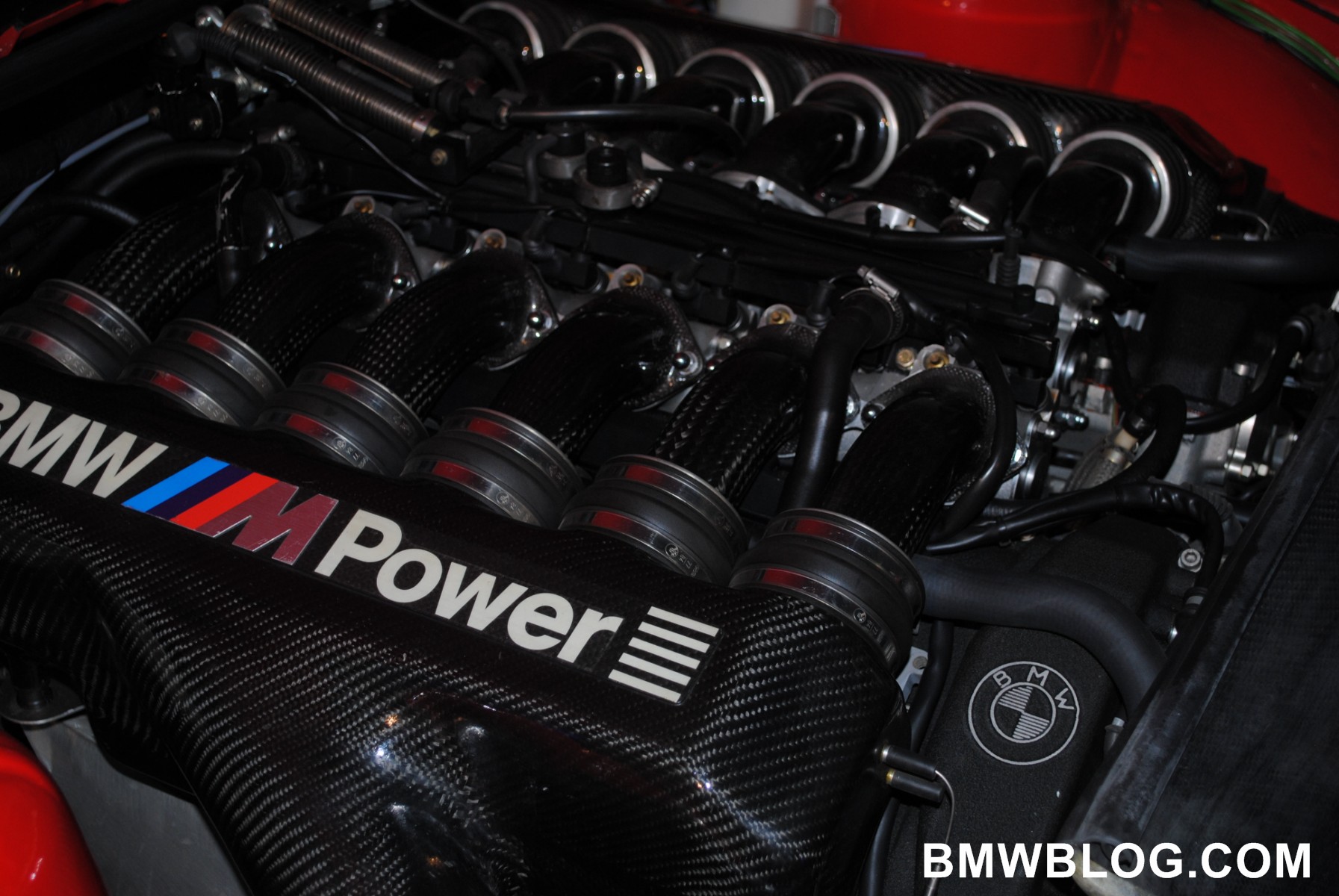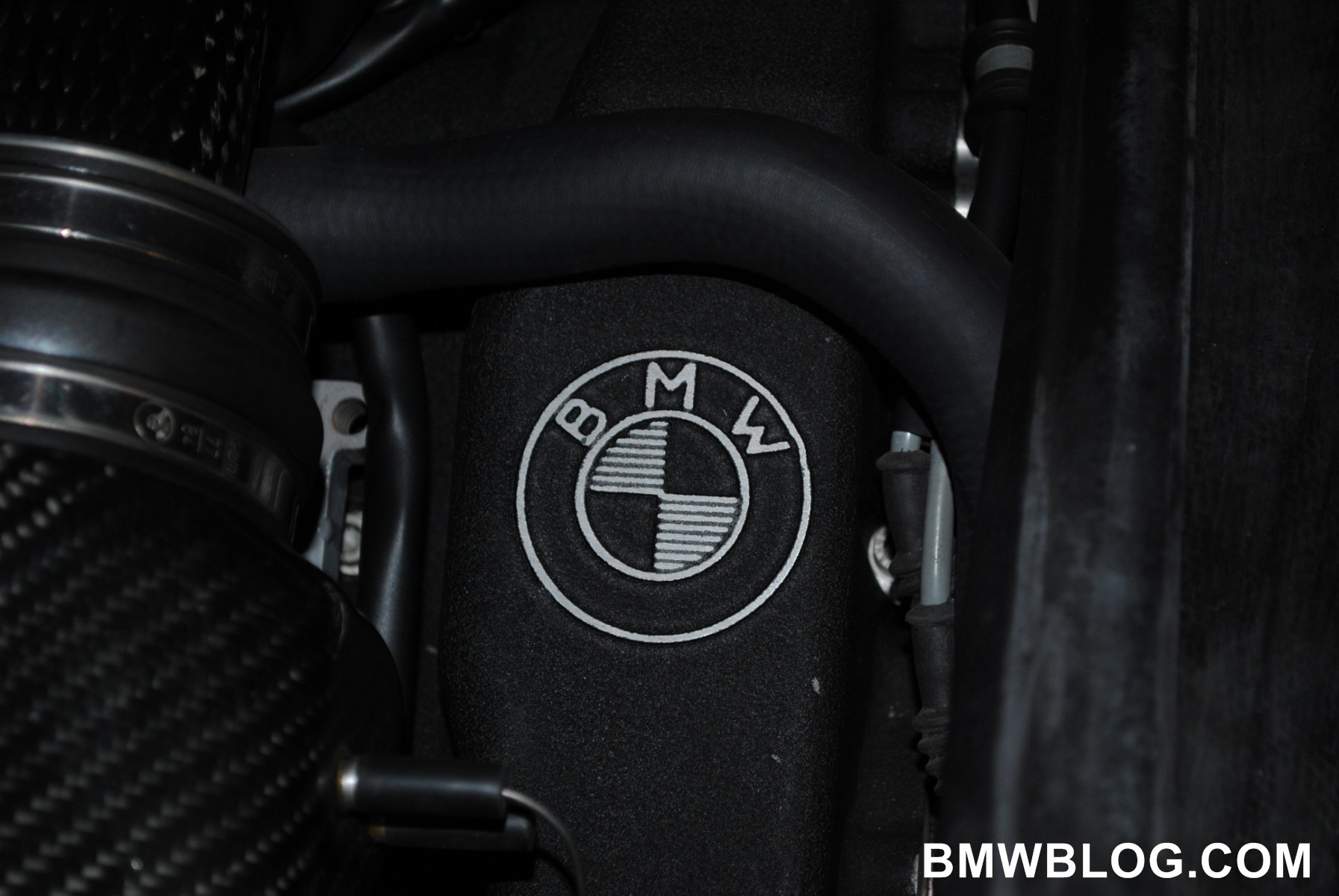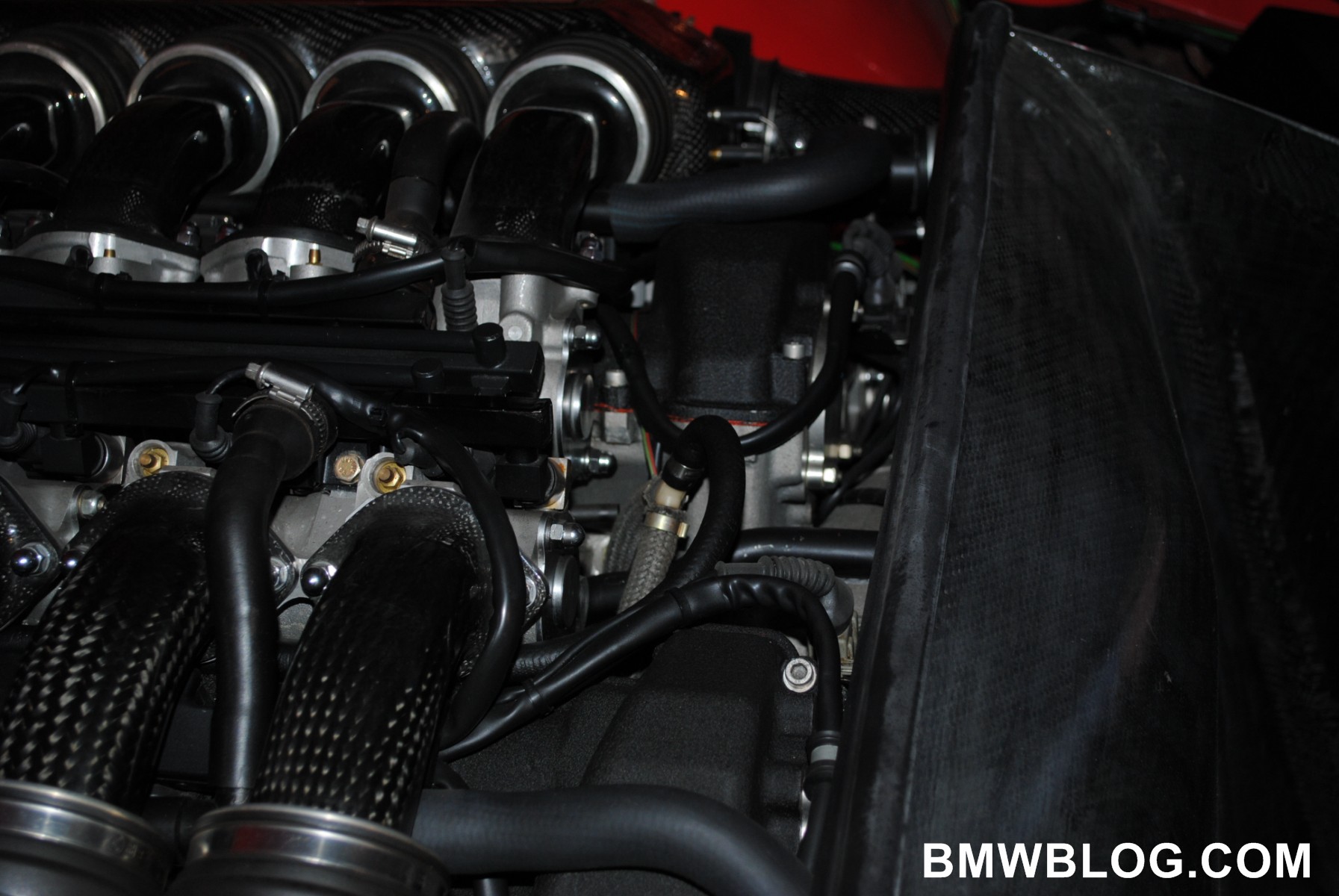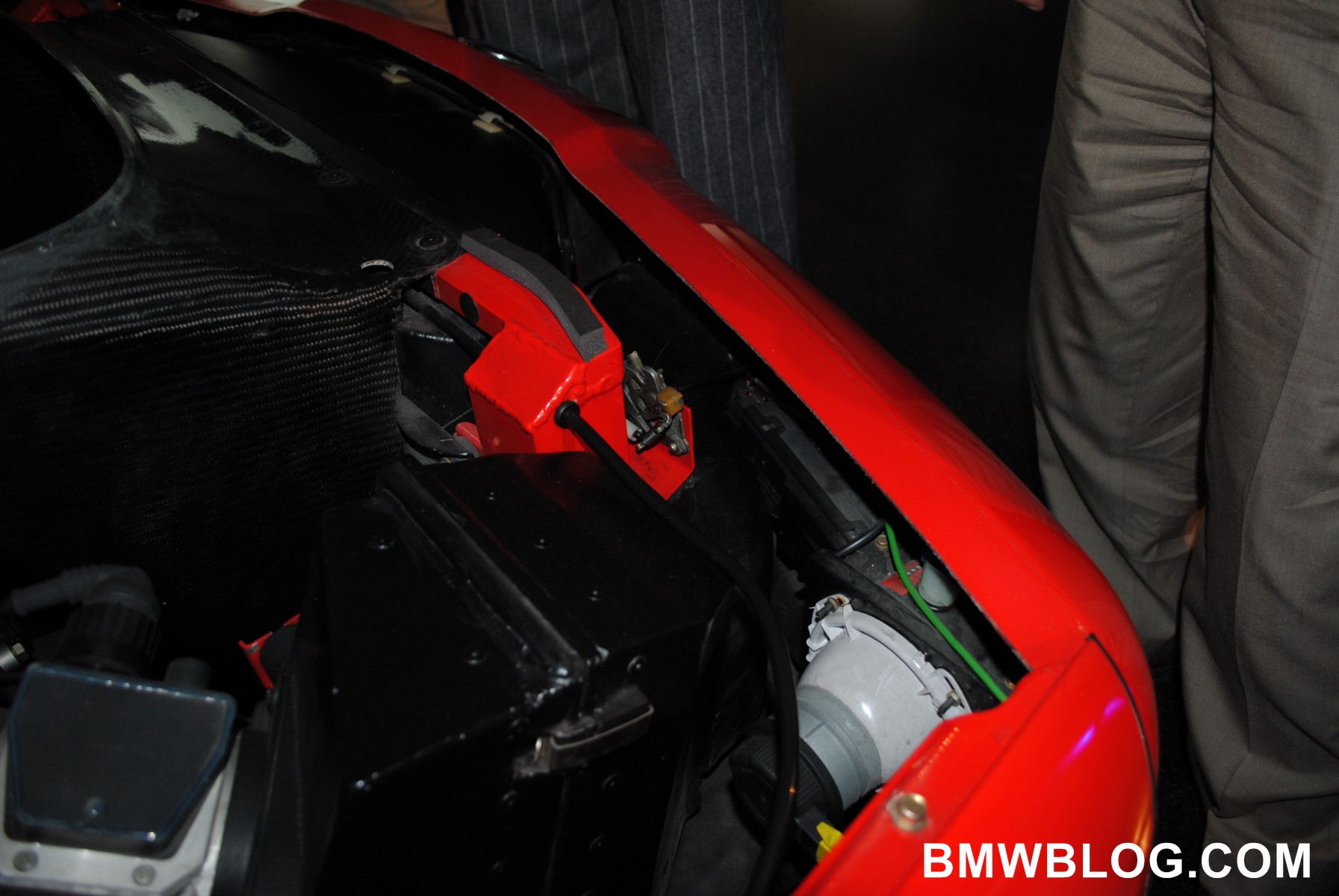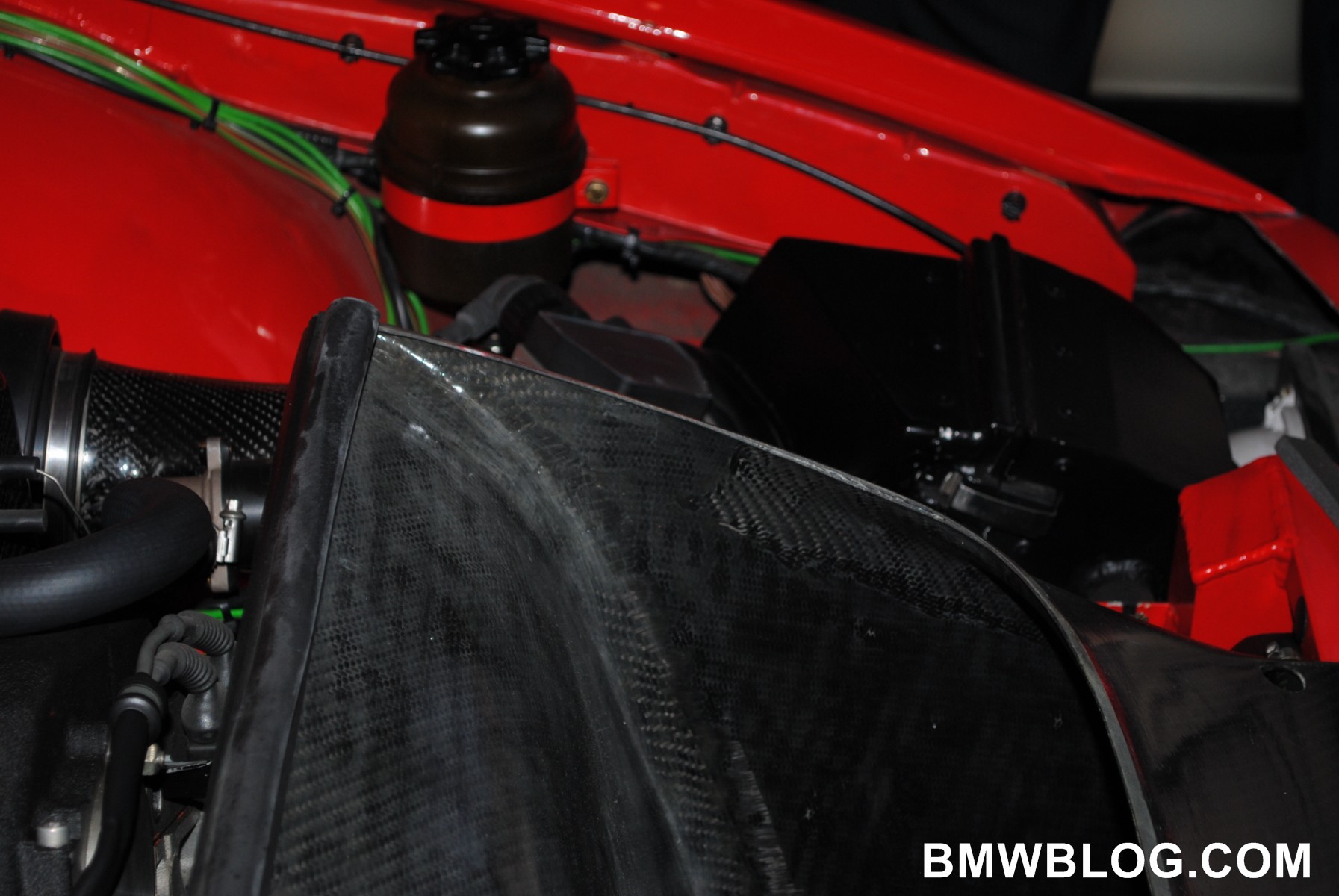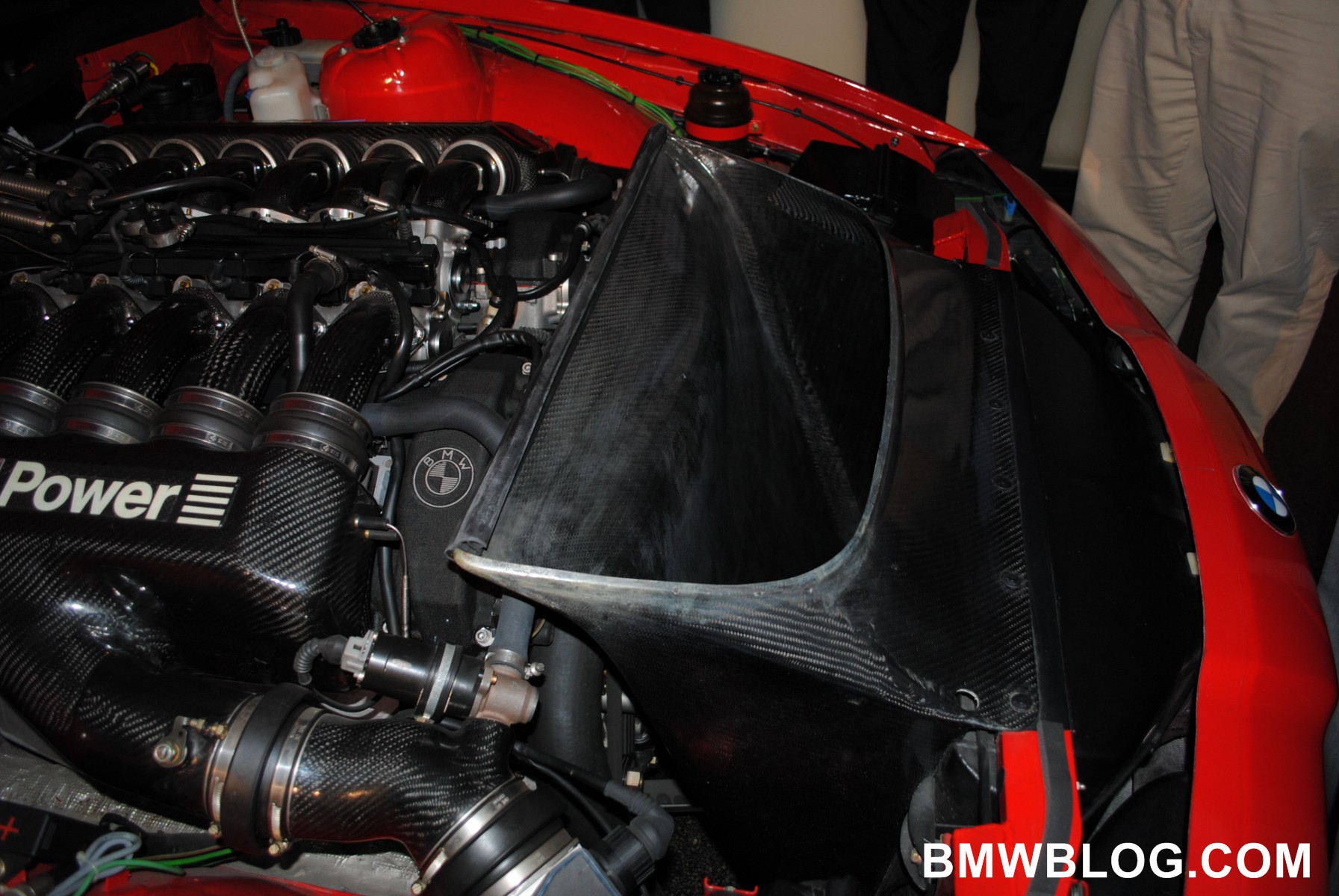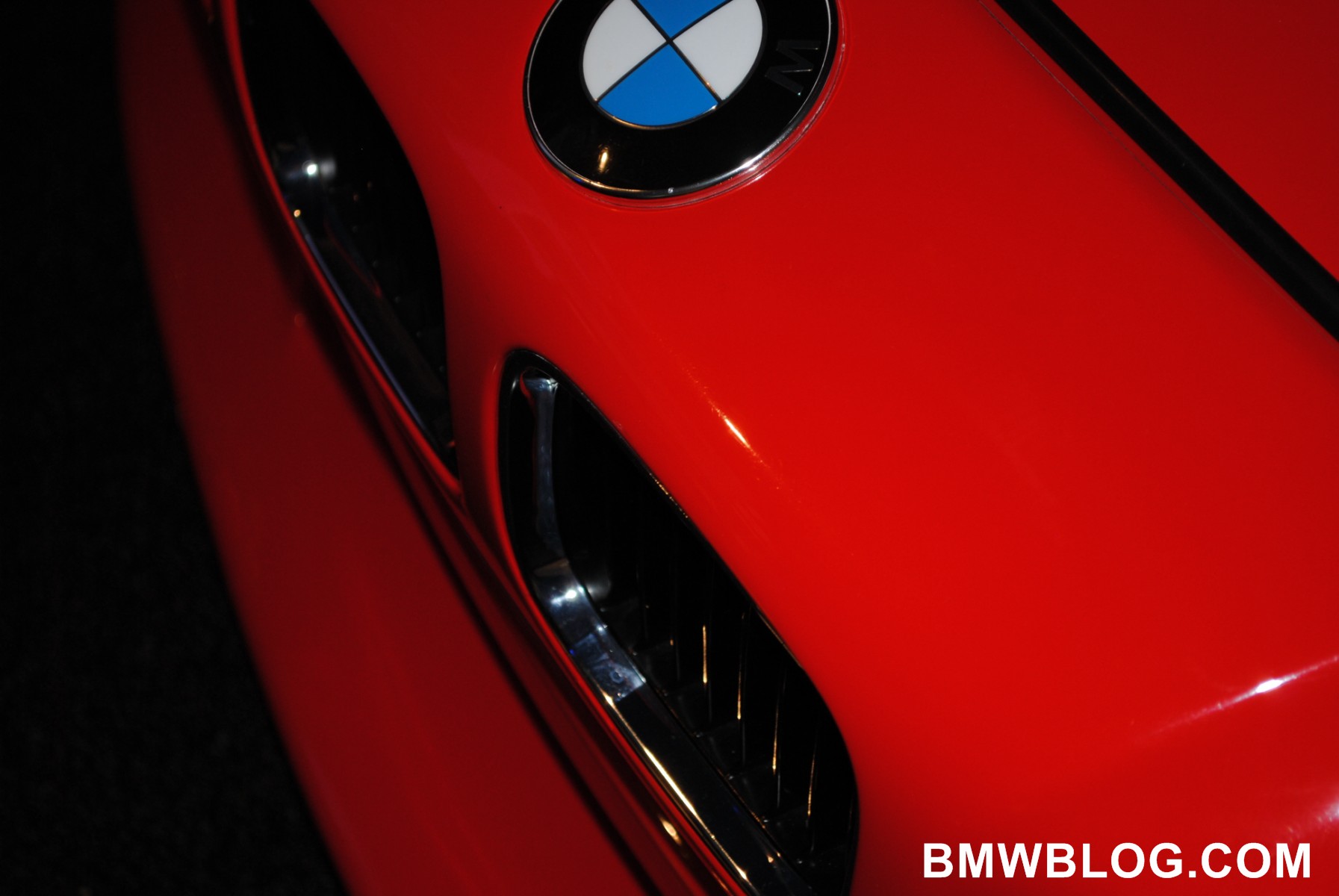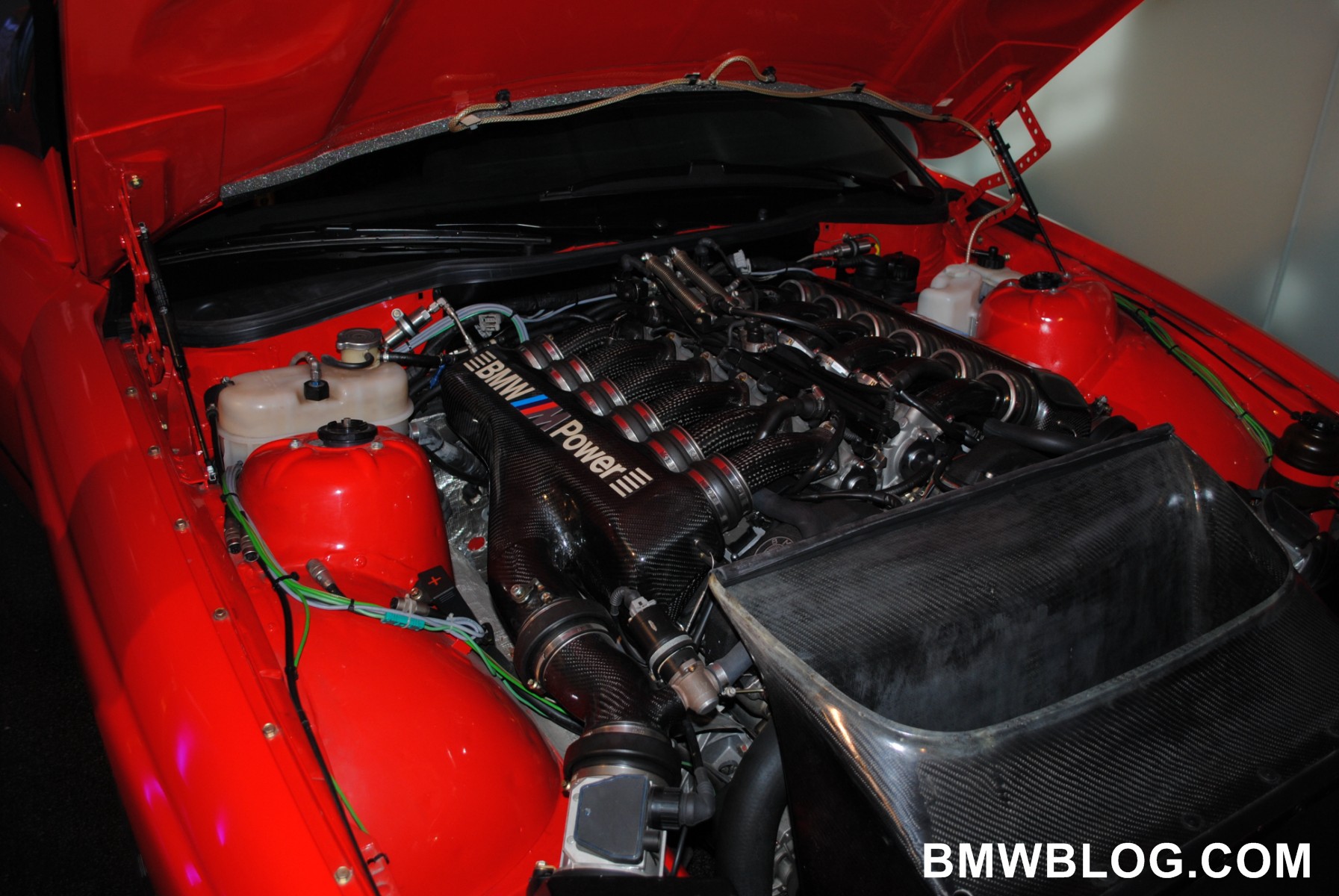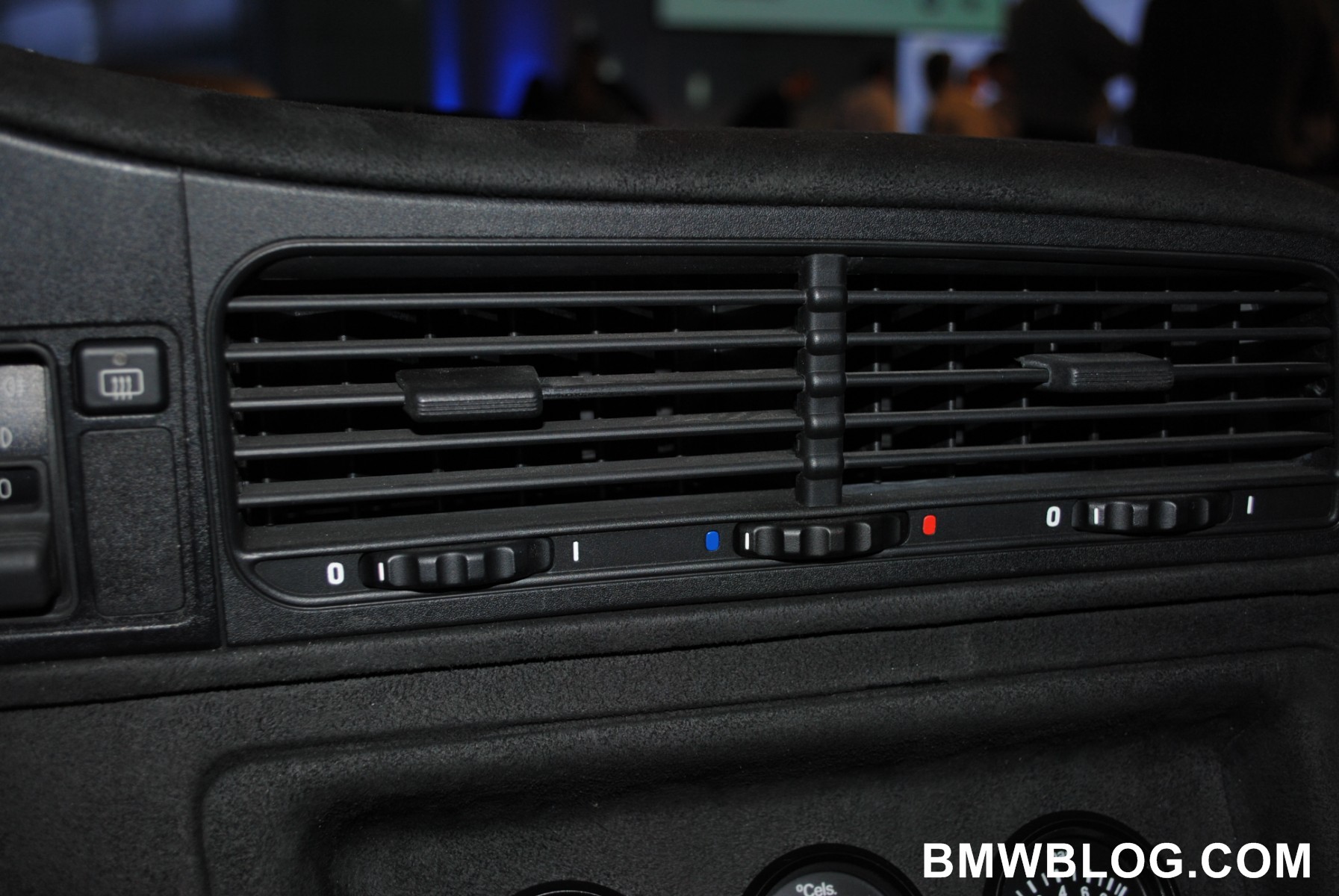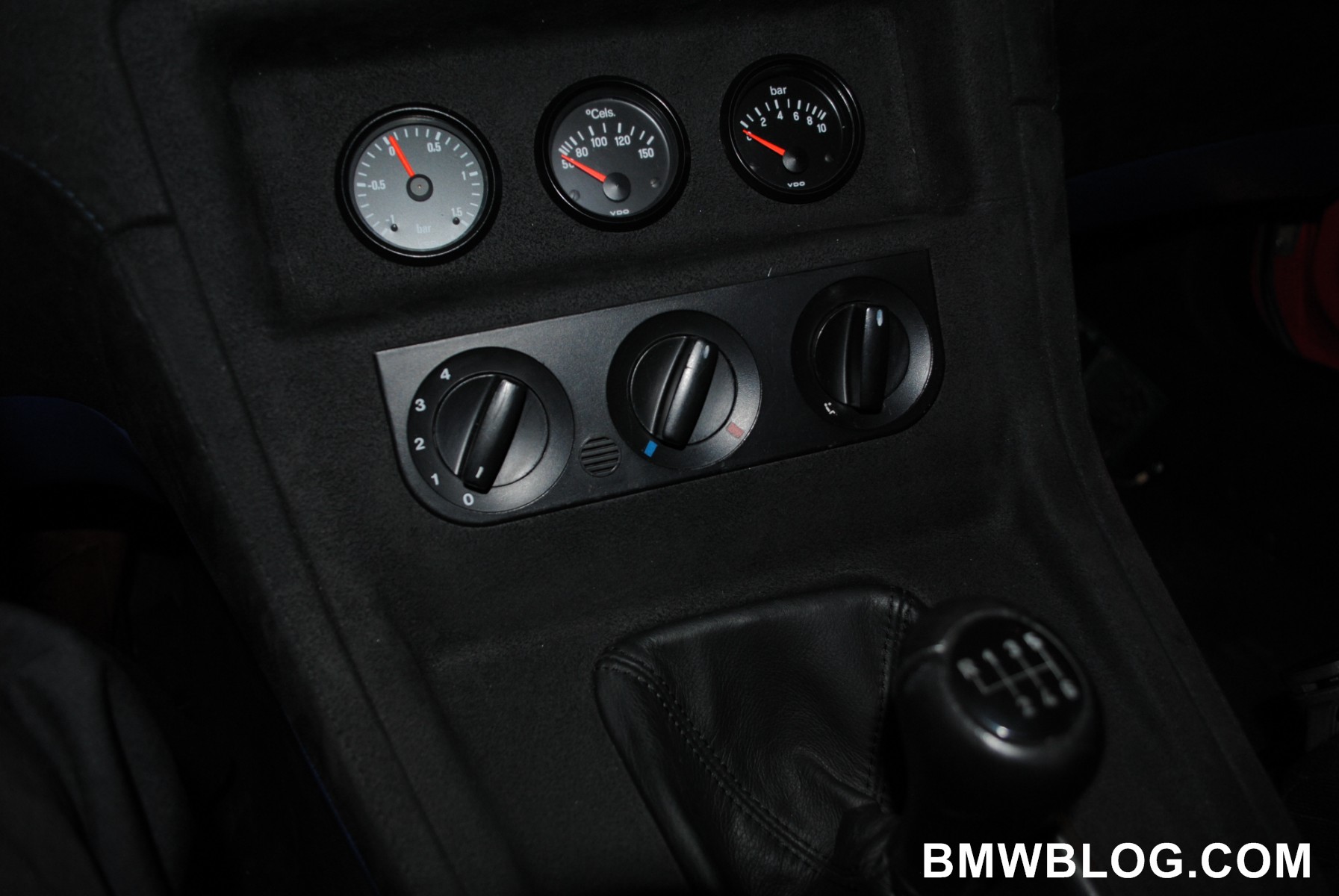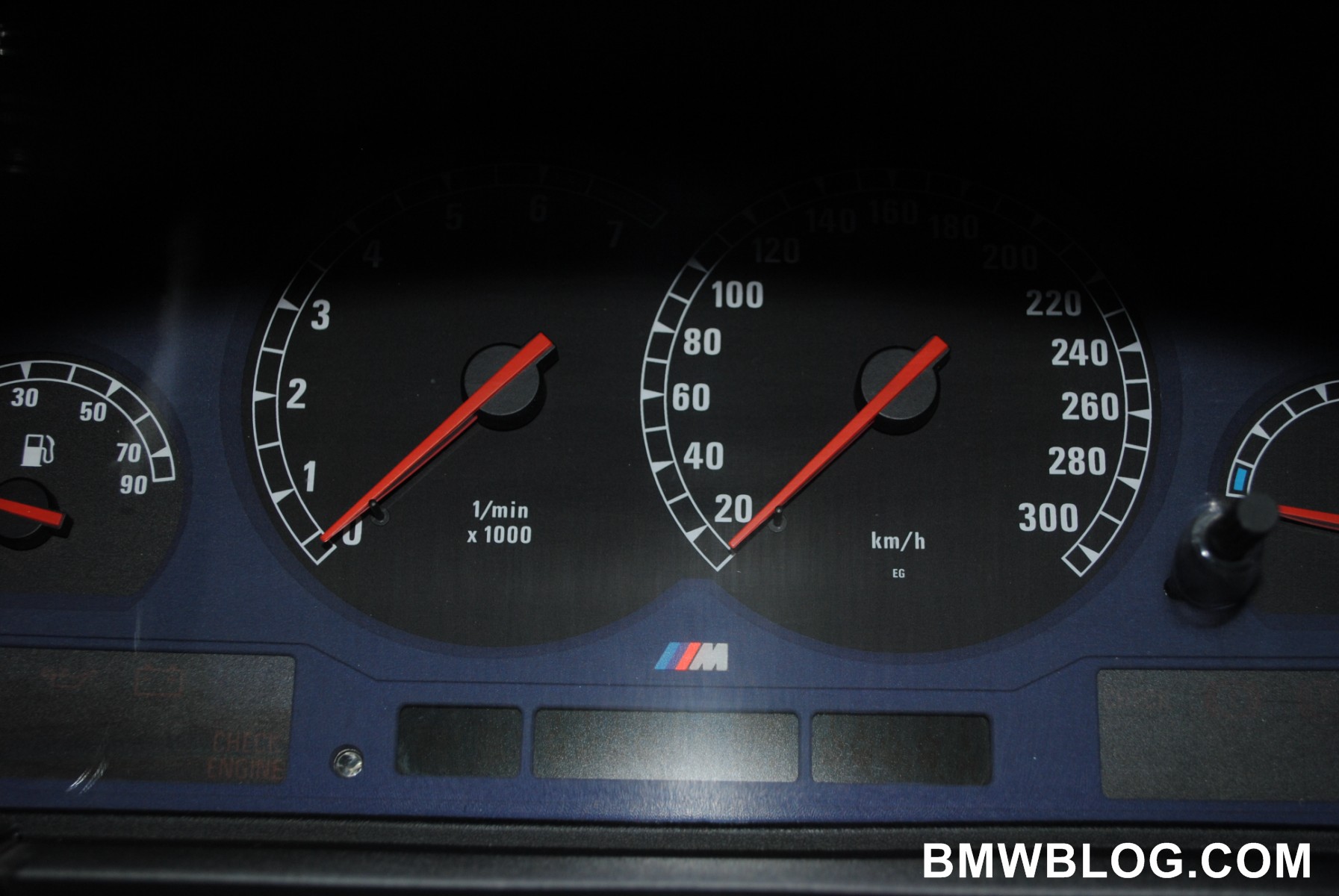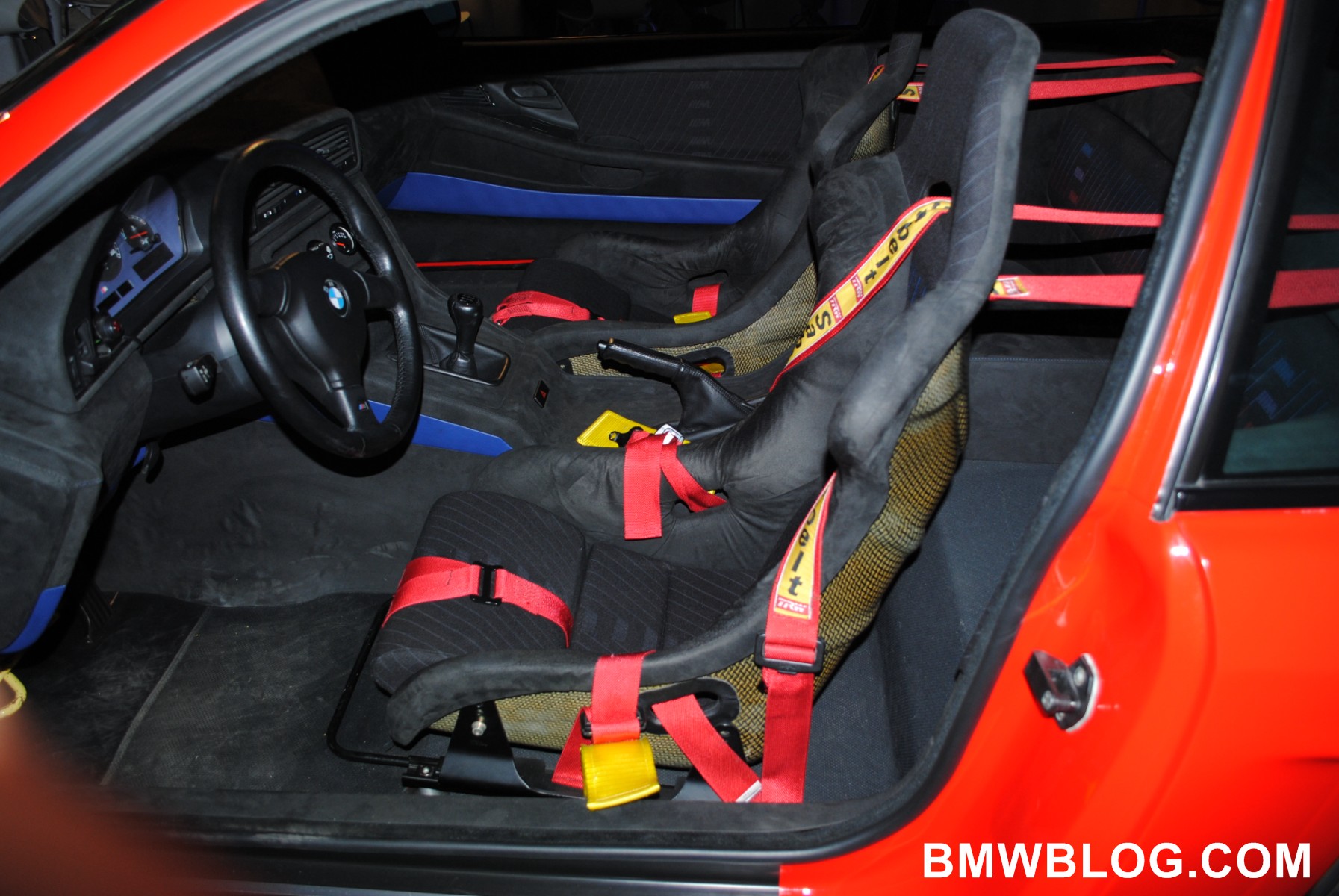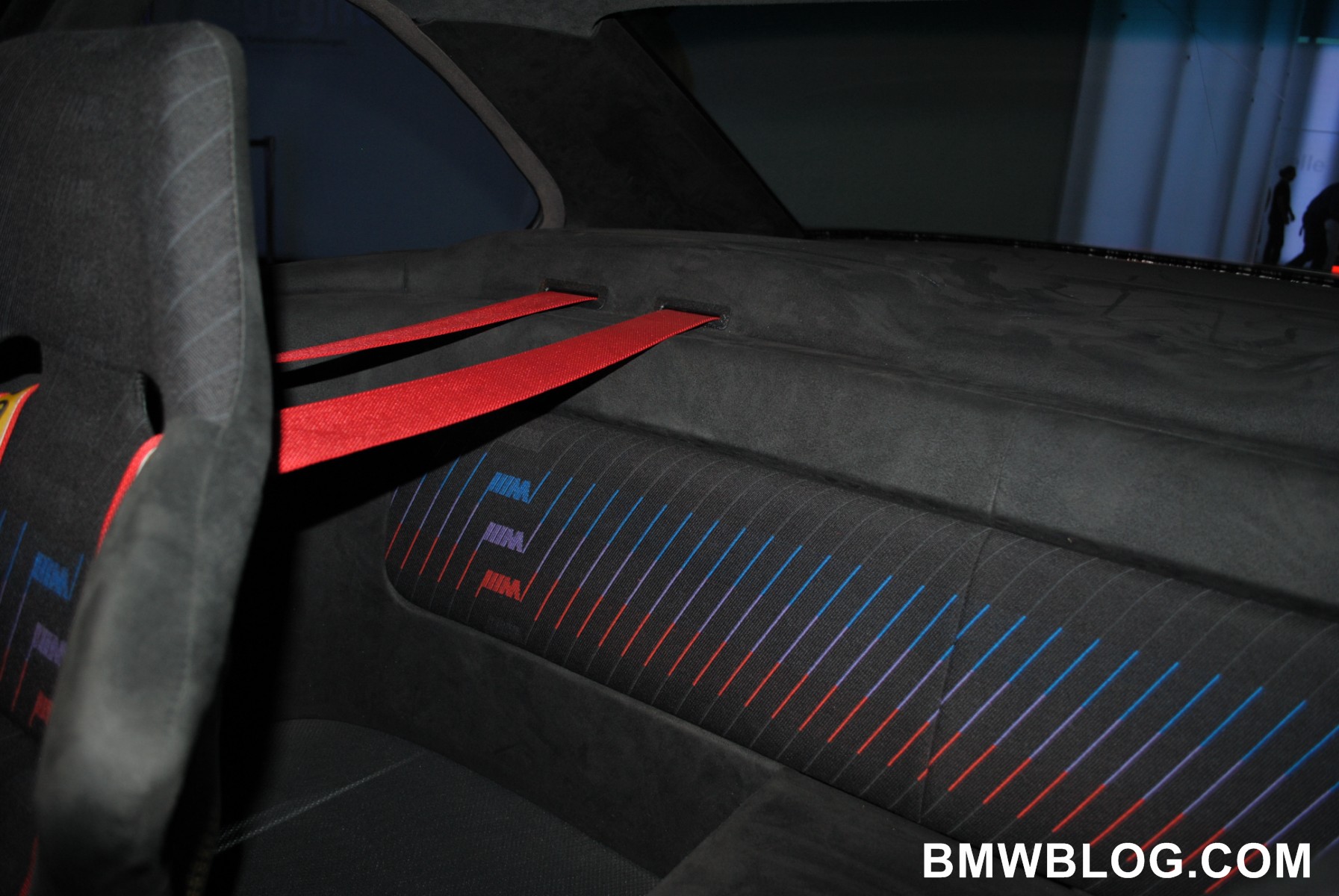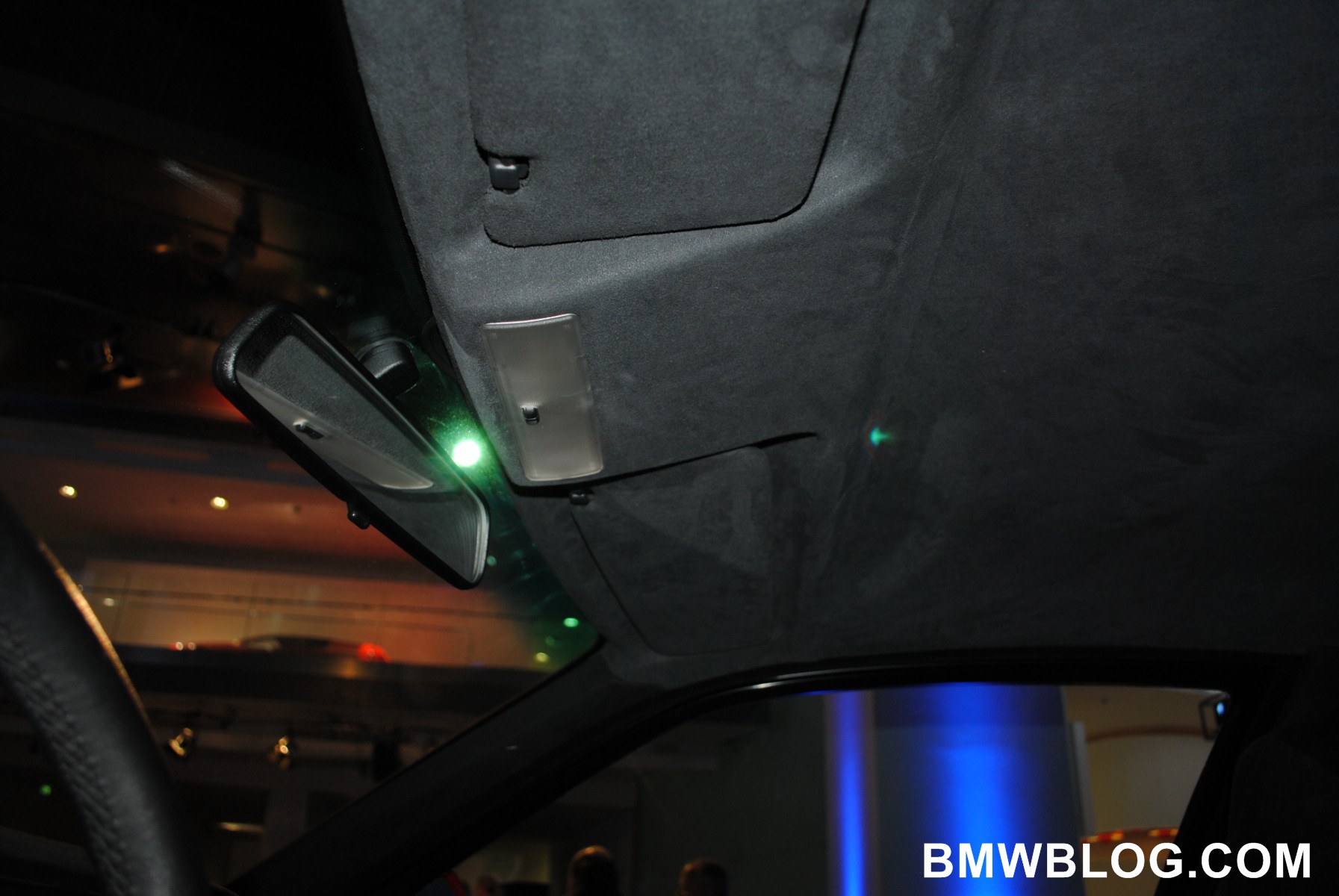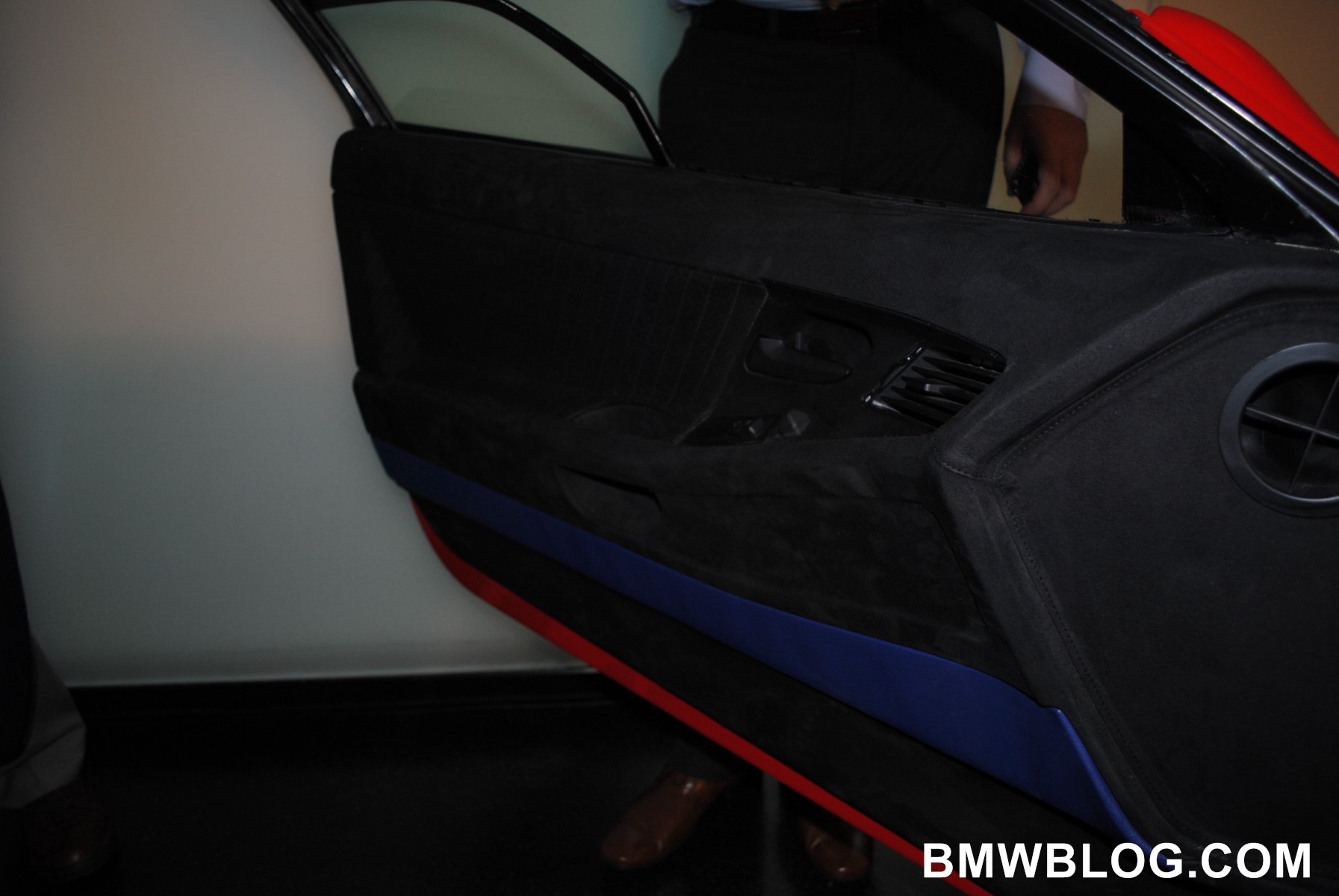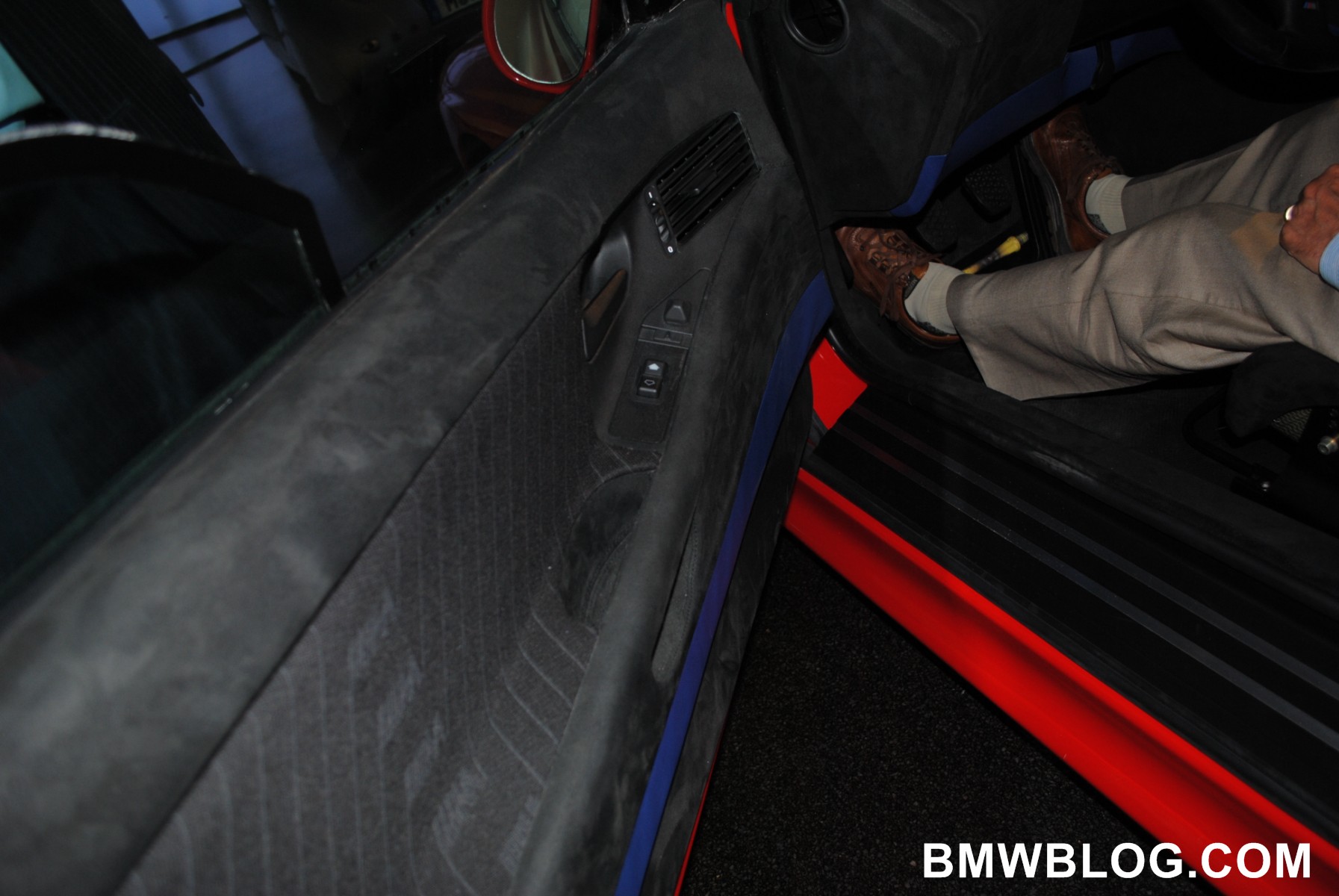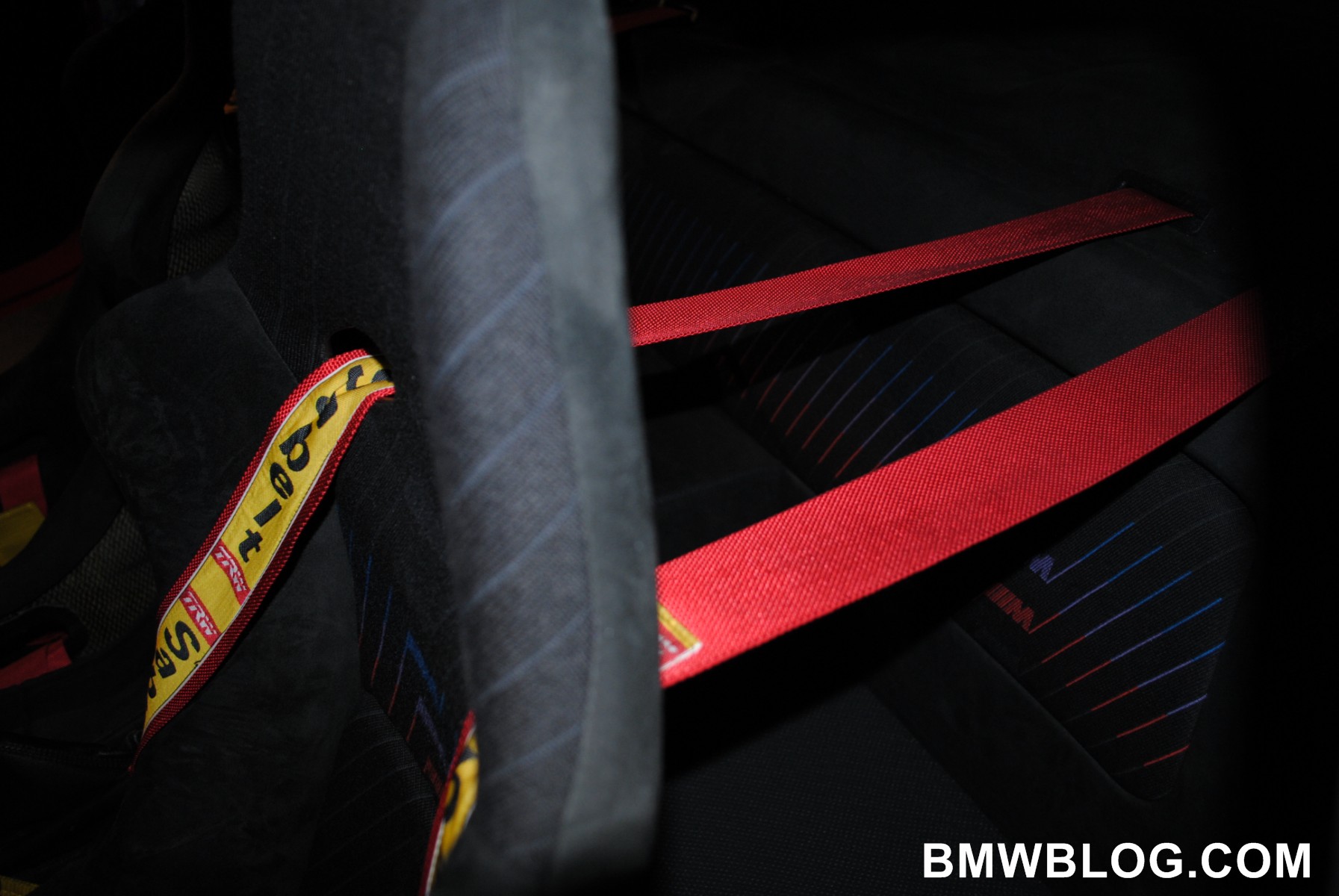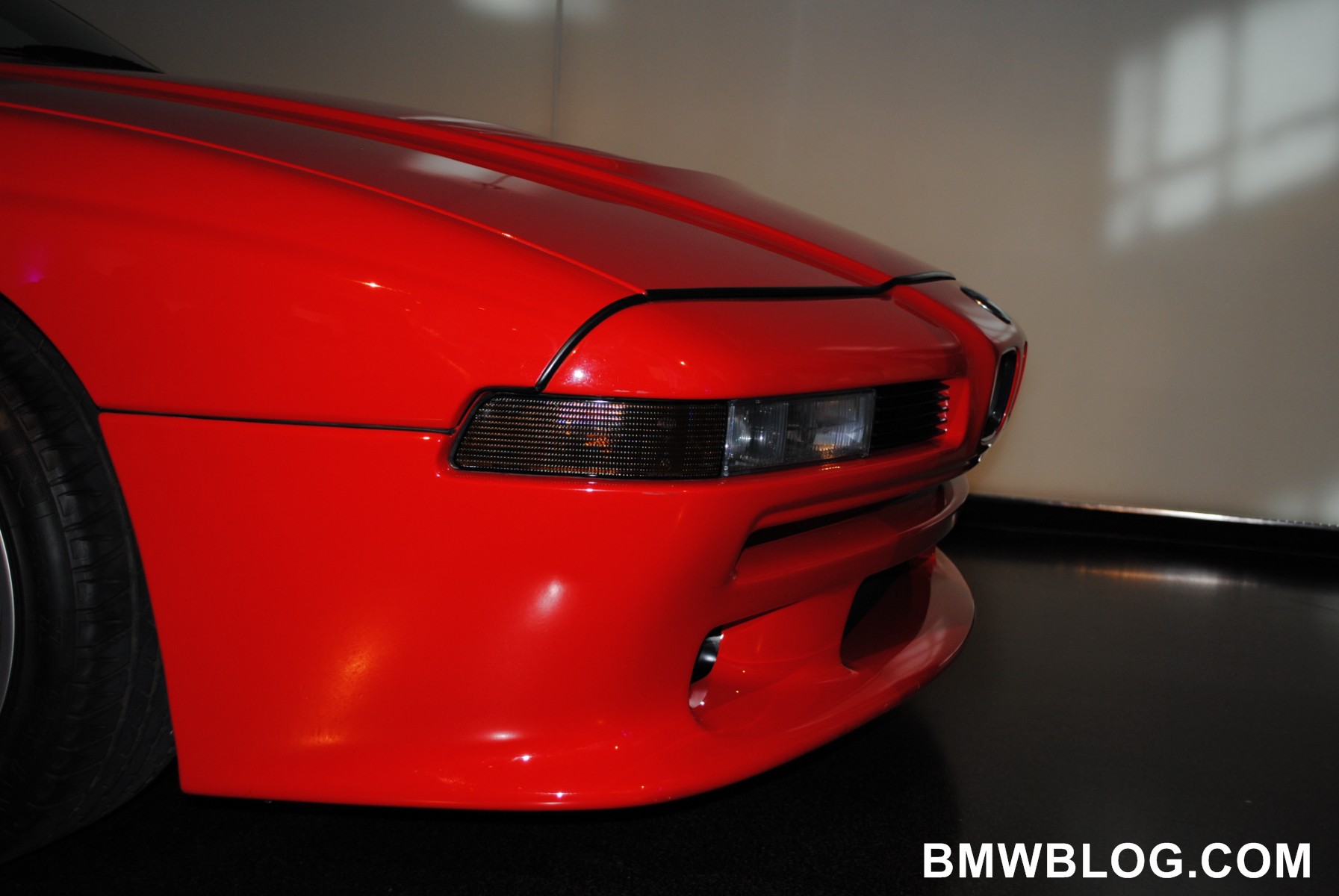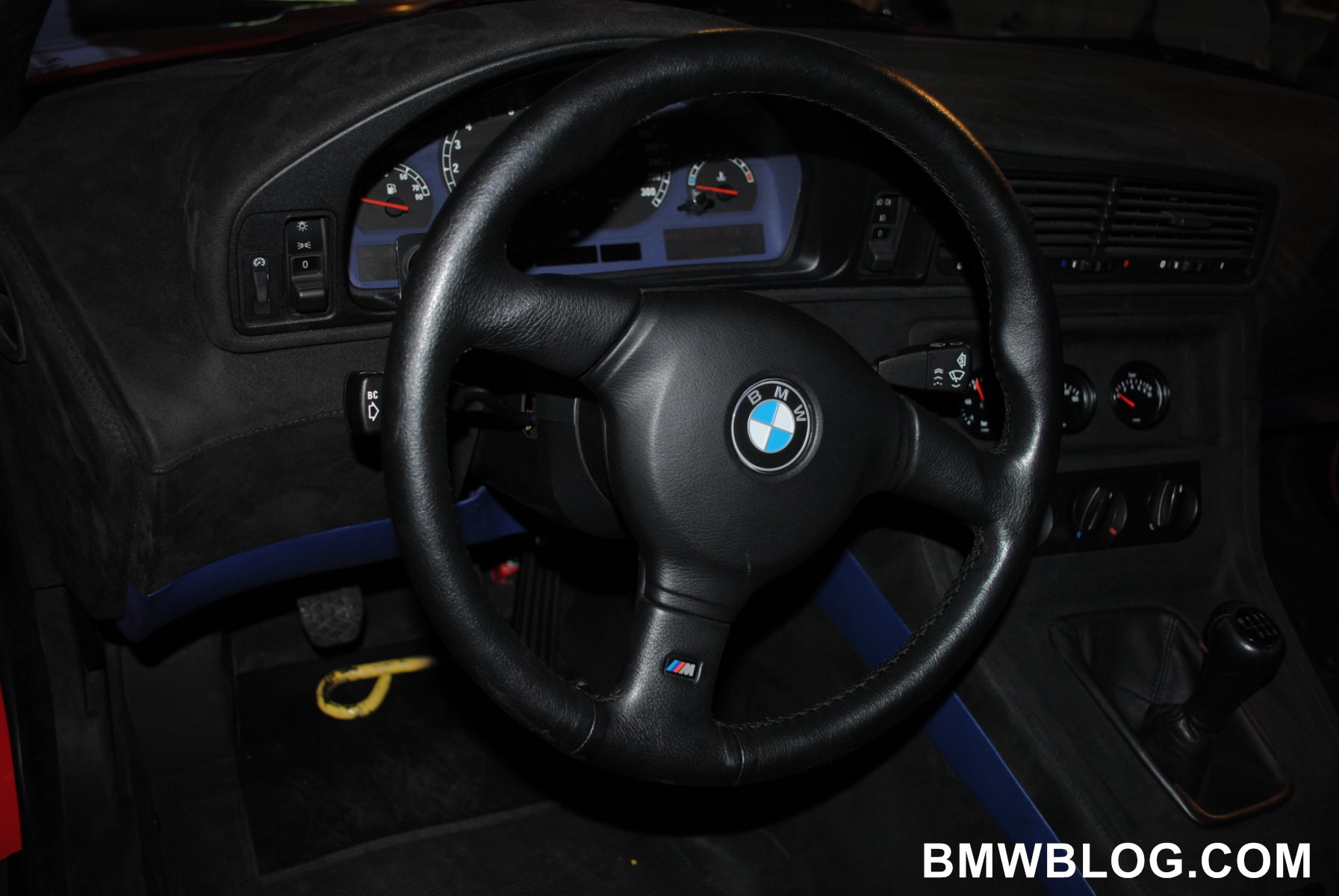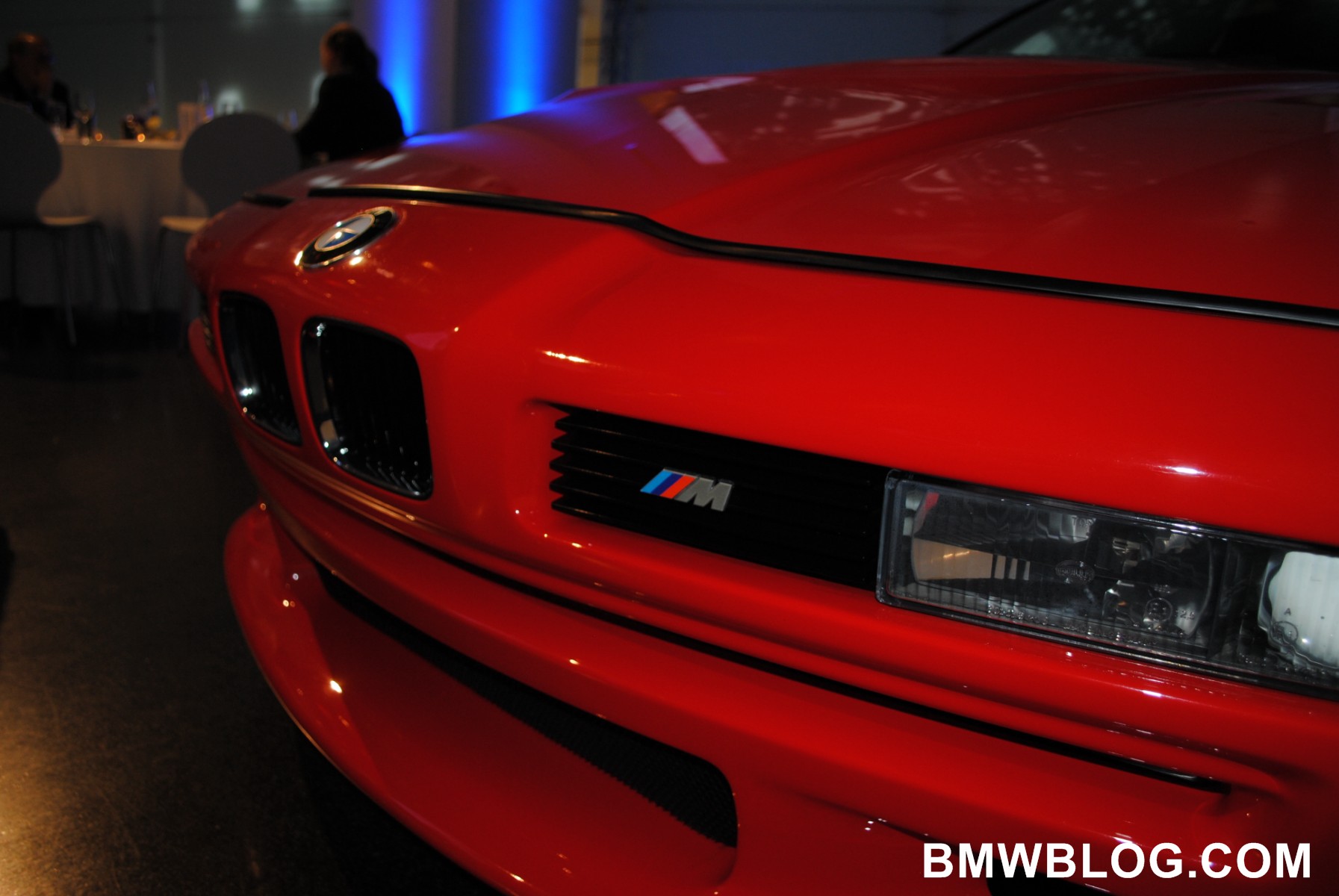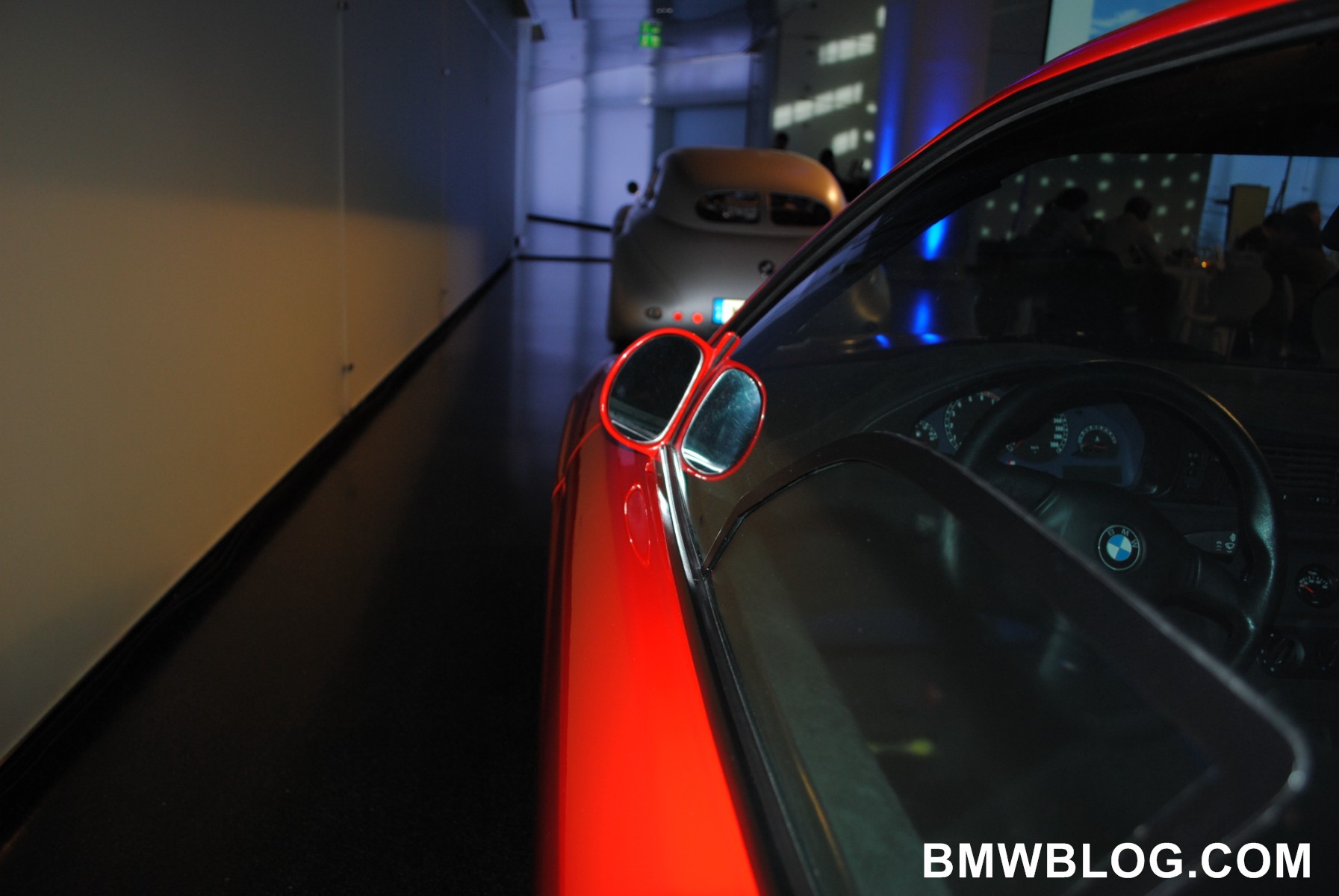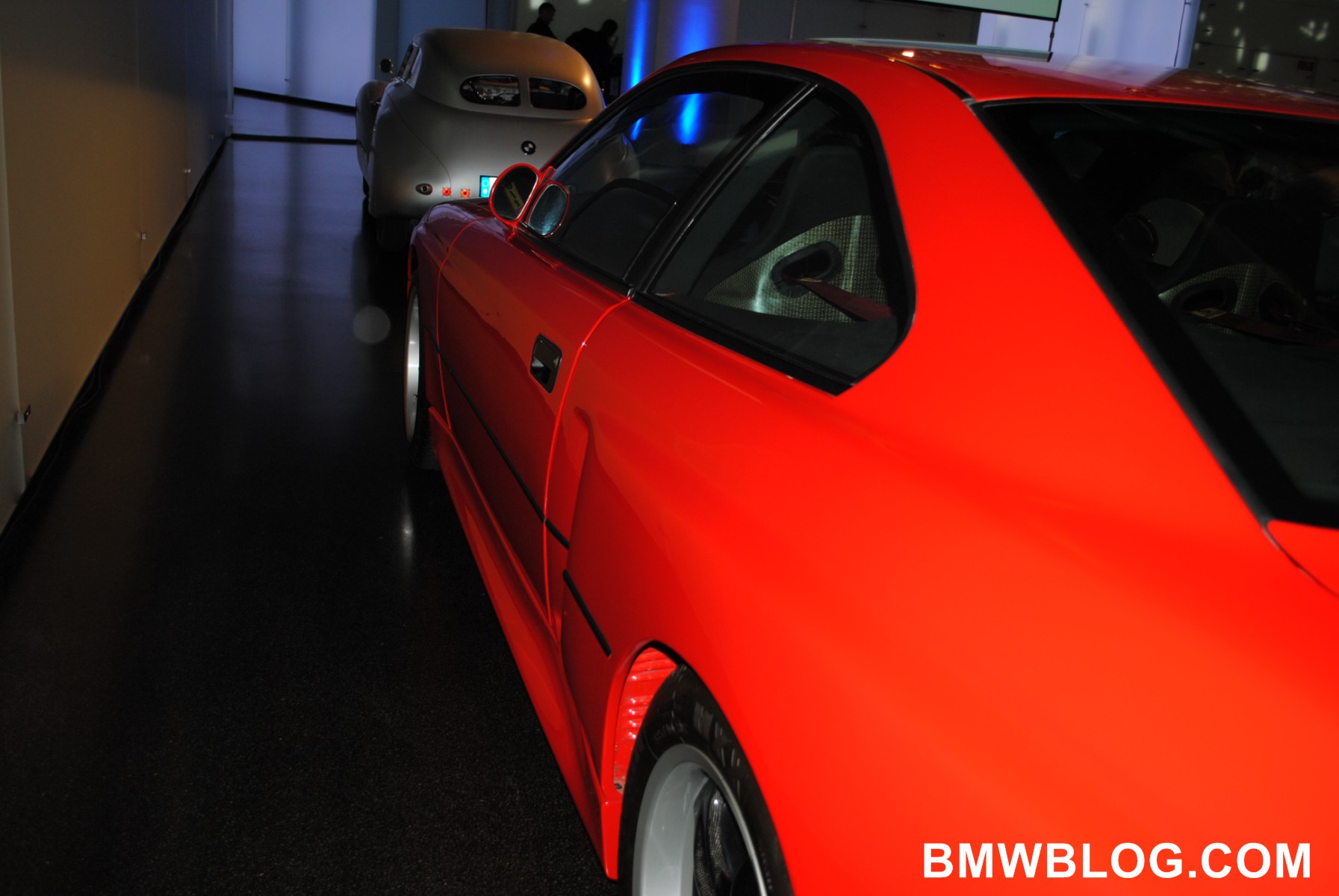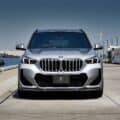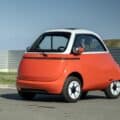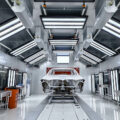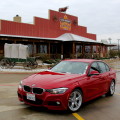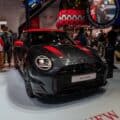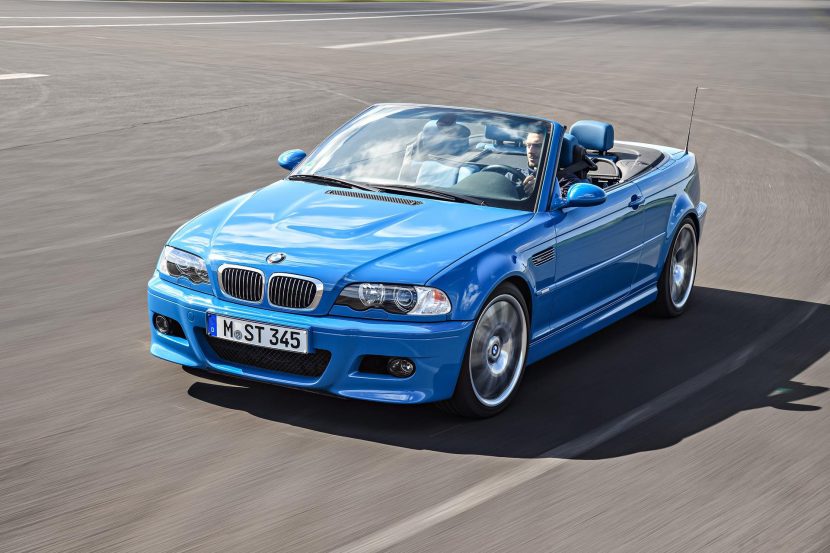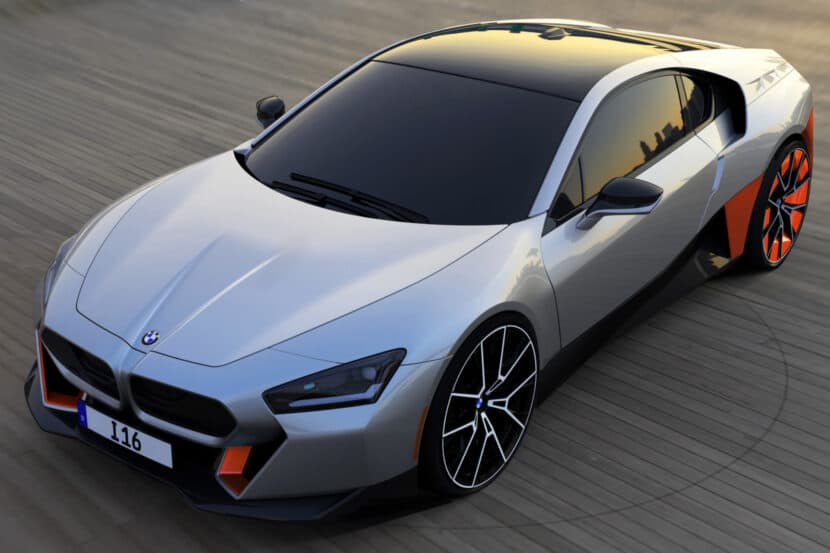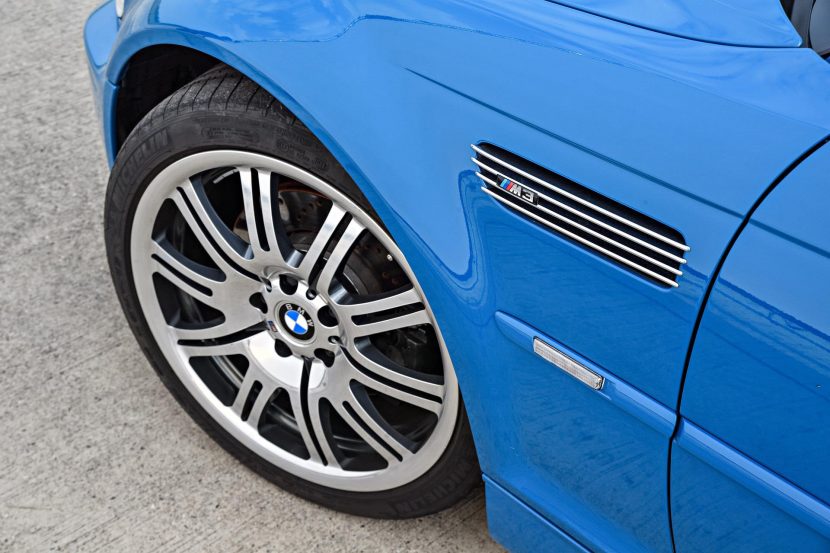Back in 2010, BMWBLOG was the first media outlet to bring exclusive photos of the highly-rumored, but never shown, BMW M8 supercar. We first laid eyes on the M8 at a private event at BMW Museum in Munich where for the first time, the company was unveiling their electric mobility plans and the i sub-brand. A clear contrast between a super powerful sportscar and a megacity vehicle.
Just a year later, we had another encounter with the M8 at the M secret garage in Garching. This time we spent even more time around the car and captured it on photos and videos.
From what was learned about the M8 Prototype back then ( as the car is officially/unofficially titled as it is not a “concept” but a working mock-up of a car nearly set for production) was that – had this car managed to reach green light status, its sheer performance on every front would have been staggering against any existing peers it may have had.
A big V12 (likely larger than 5.0L of the 850/850CSi) is nestled under the bulging hood. The engine carries with it 12 individual throttle bodies connected to the driver’s right foot via direct cable making the M8 Prototype the only non-drive-by-wire 8 Series in existence and proof of M GmbH’s dedication to providing a tactile driving experience. Interestingly, one of the biggest misconceptions of the M8 is that it shares an engine with the record shattering McLaren F1 as it was around the same time as the development of the M8 that McLaren commissioned BMW to build a very power V12 to power their supercar – after being denied by Honda.
Per our sources, the McLaren V12 (a modified S70) and the M8′s V12 were likely constructed by many of the same engineers hence a similar design and output but differed in areas such as overall length due to the horizontal intakes for a front engine layout if the 8 compared to the vertical intakes of a mid-engined car. The McLaren engine, from a design standpoint, shared quite a lot of characteristics and parts with the S50 engine of the E36 M3.
Sitting just forward of the engine is another enlarged airbox again helping to feed the swollen V12 to send 500+ HP to the rear wheels via 6-speed manual gearbox. Other revisions at the nose are lightweight pop-up headlamps, modified to both reduce weight and accommodate the lack of fog lamps – sacrificed for the great good of airflow along the lower front valence.
Gliding down the flanks of the prototype the coupe carries the same wide hips of the 850CSI with a widebody kit modified to accommodate better cooling of the brakes and it’s believed to also used to channel air as a means of cooling the rear differential. Wedged underneath the flared wheel arches are 17 inch M Systems wheels with a carbon fiber overlay. While we don’t have exact figures, the rear wheels are quite wide to keep the big coupe planted in the twisties – our sources indicate that the tires are Michelin PilotSports of the period.
Since carbon fiber is a hot topic these days, that brings us to the body of the M8 Prototype. Weight savings![]() in sports cars is very commonplace these days but in the early 1990′s, only cars like the Ferrari F40 or F50 or even Porsche 959 extensively used weight savings materials throughout the body to maximize performance. Specific body panels such as the doors, arches, and ducts are constructed from carbon fiber reinforced-polymer(CFRP) which are lighter than the standard components on the E31.
in sports cars is very commonplace these days but in the early 1990′s, only cars like the Ferrari F40 or F50 or even Porsche 959 extensively used weight savings materials throughout the body to maximize performance. Specific body panels such as the doors, arches, and ducts are constructed from carbon fiber reinforced-polymer(CFRP) which are lighter than the standard components on the E31.
Additionally, the Prototype carries lightweight Plexiglas window frames which, per BMW, bear heavily resemblance to the current E92 M3 GT’s same window frames. BMW even made the hood, with a large intake front-and-center of the engine bay out of CFRP. They even went to the trouble of installing specialized headlamps, lighter than the stock E31 headlamps, with revised functions to let the flash-to-pass headlamps act as the primary lighting. The effect of these revised headlamps is two fold: to lighten the lamps as well as provide extra room for the massive air filter boxes sitting just below the hood. Again, the design of the car is focused on performance as priority number one.
With all of these considerations – it’s easy to say the M8 was possibly the great M car never sold.
The car was trimmed down on par with the E46 CSL, the engine was tuned to a point that it would only find rivals in its peers nearly two decades later with the X5/6M’s and potentially the F10 M5. The M8 Prototype is a car that represents BMW M at its absolute peak during the early 1990′s – M GmbH, after just a small handful of successes like the E30 M3 and E28 M5. They knew they had another success on their hands but the M8 was to become a victim of timing – a car decades ahead of its time but undeniable in its nature and potential abilities.
It’s a shame that BMW couldn’t find a means in which to bring the M8 to the masses, but maybe there is hope in the future.



